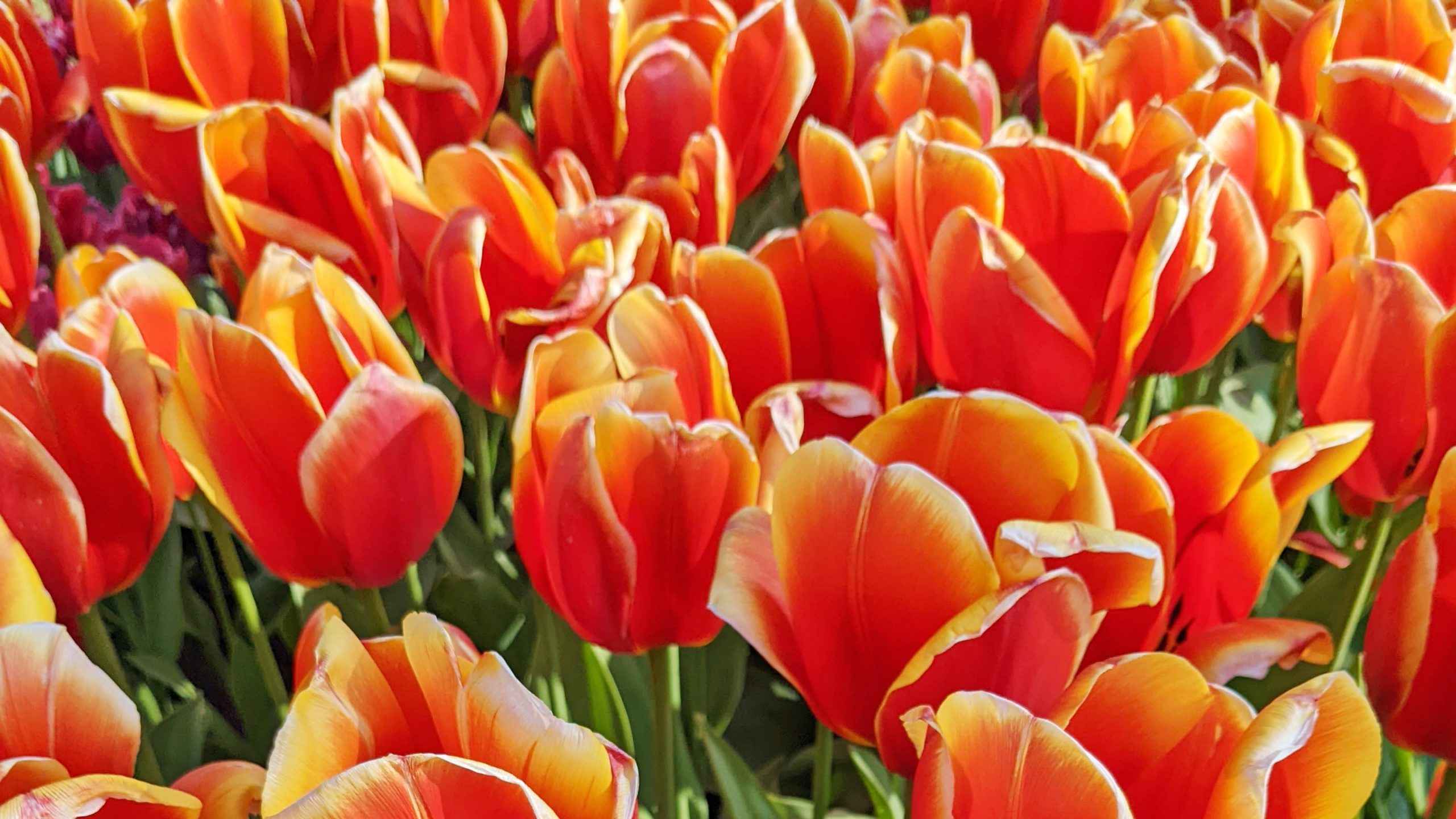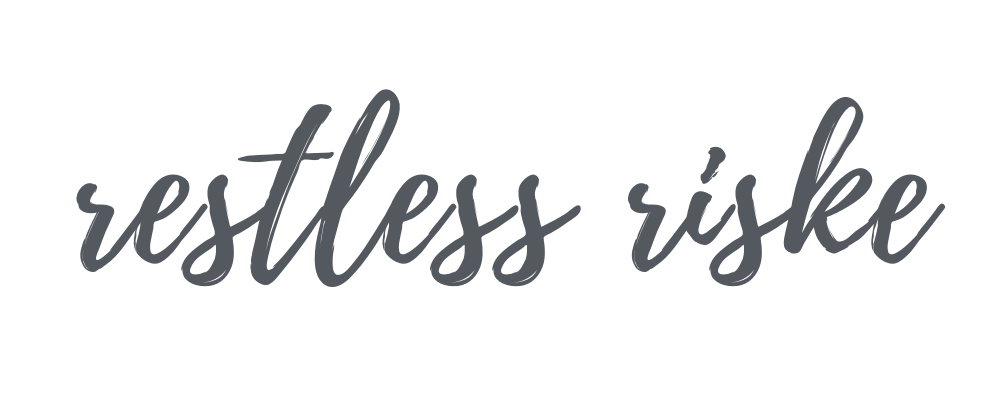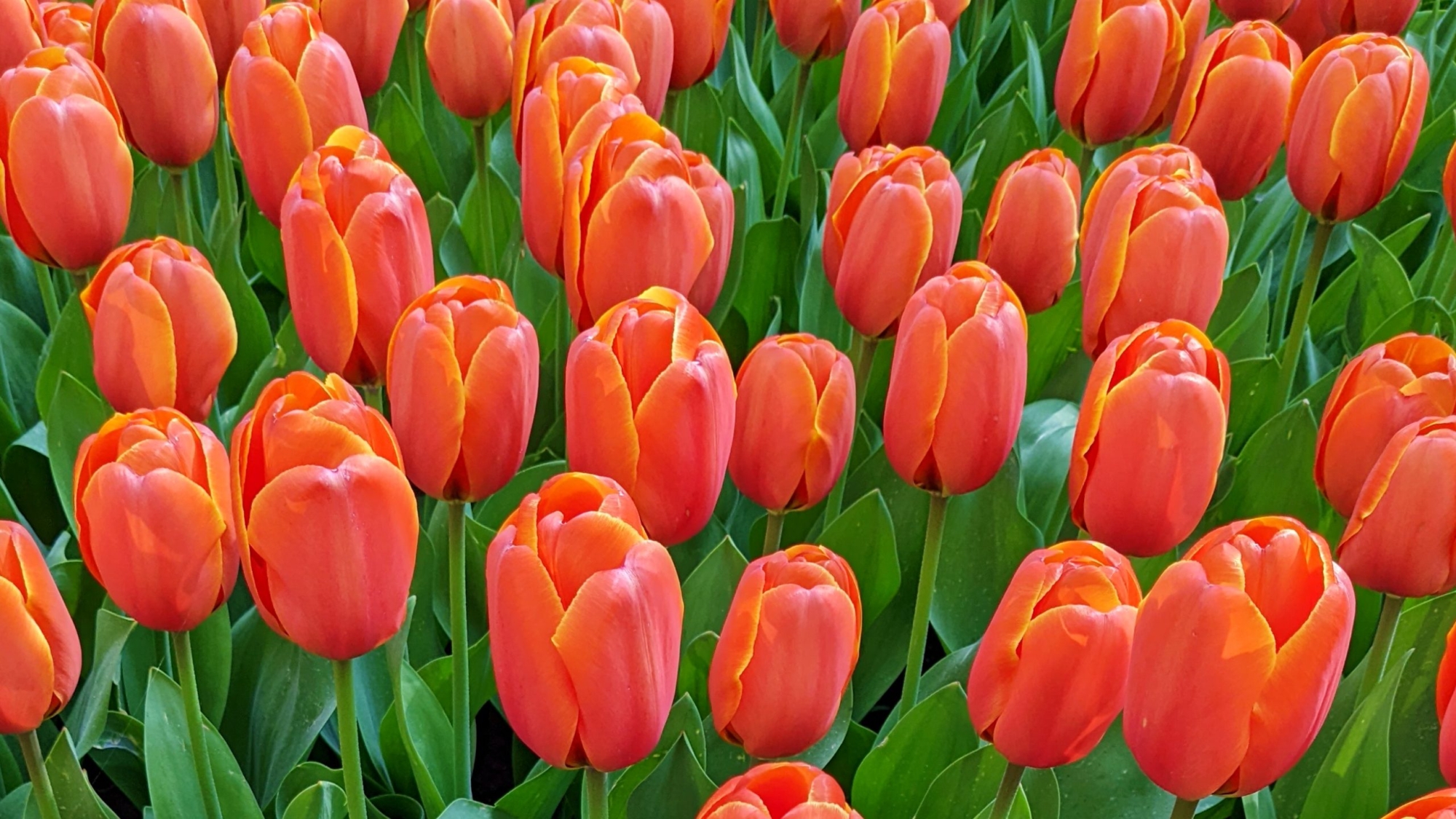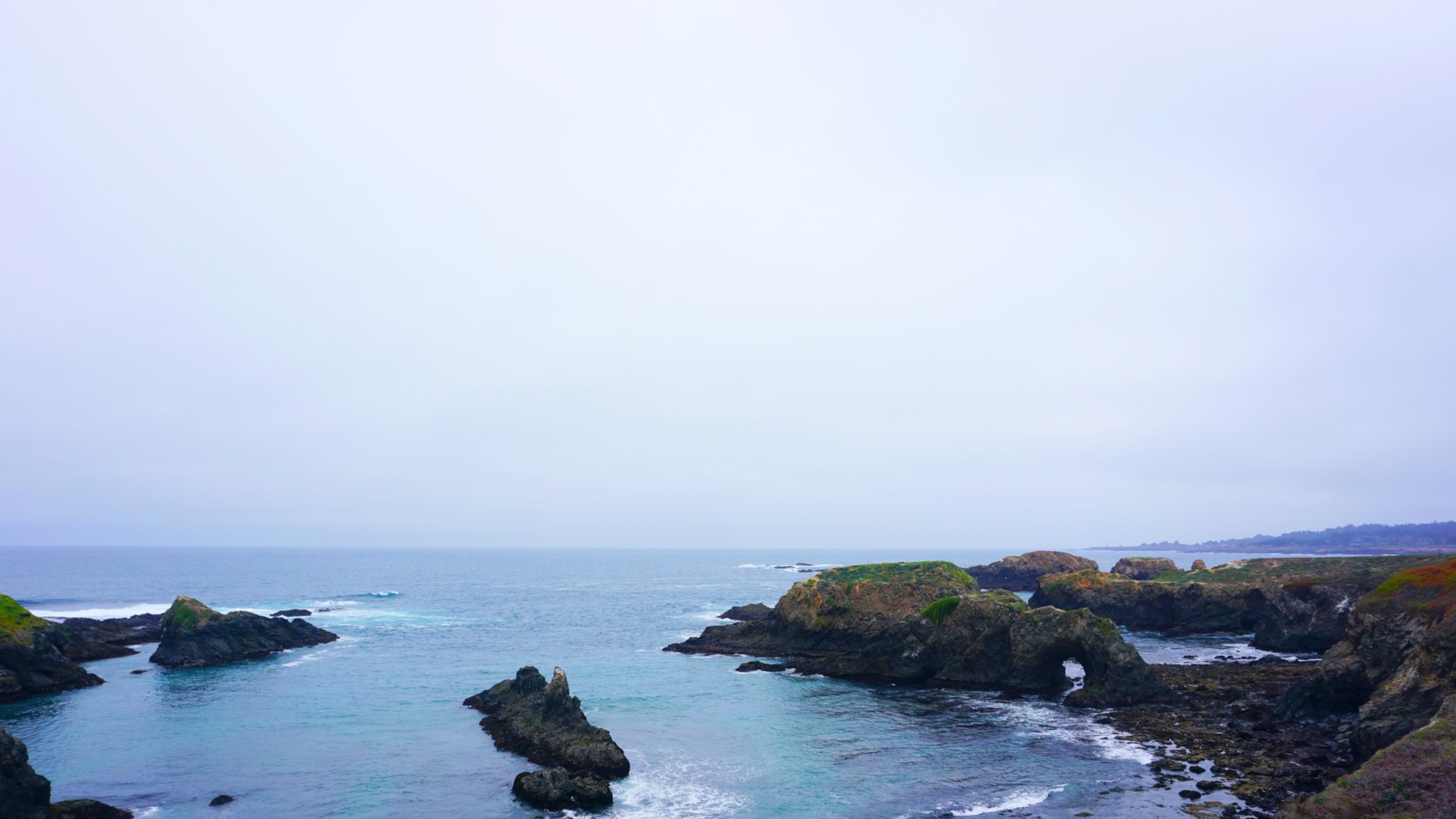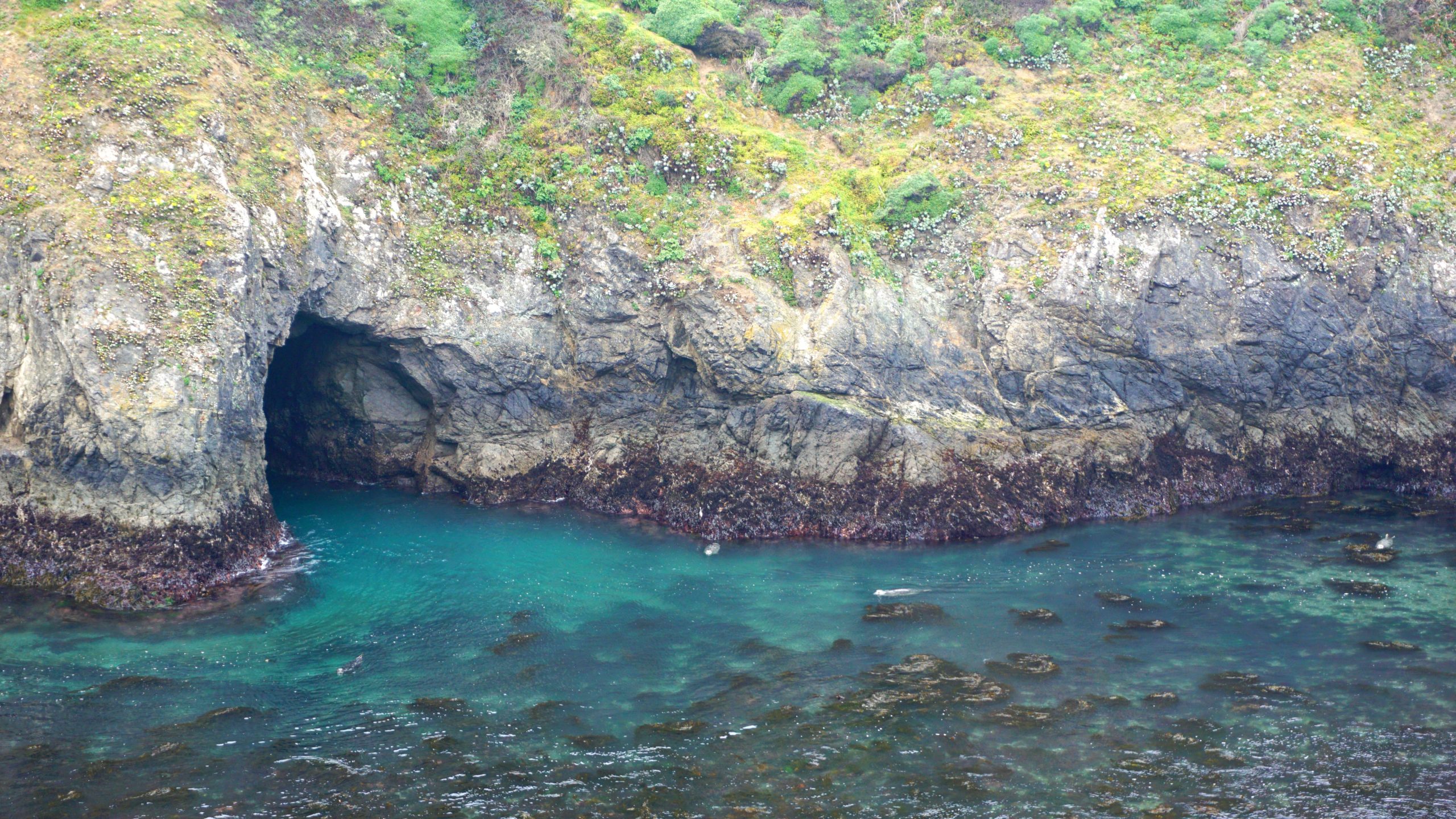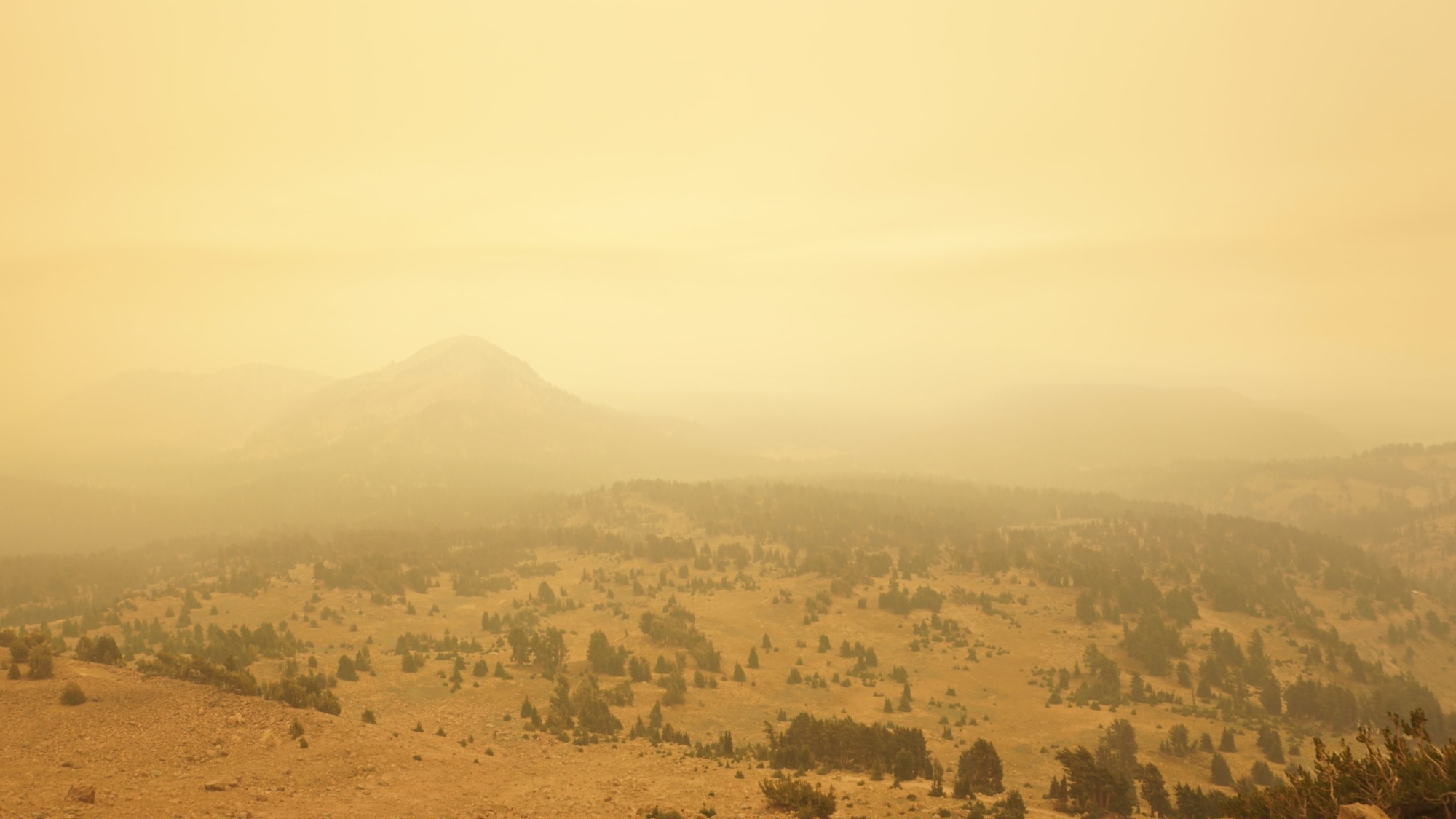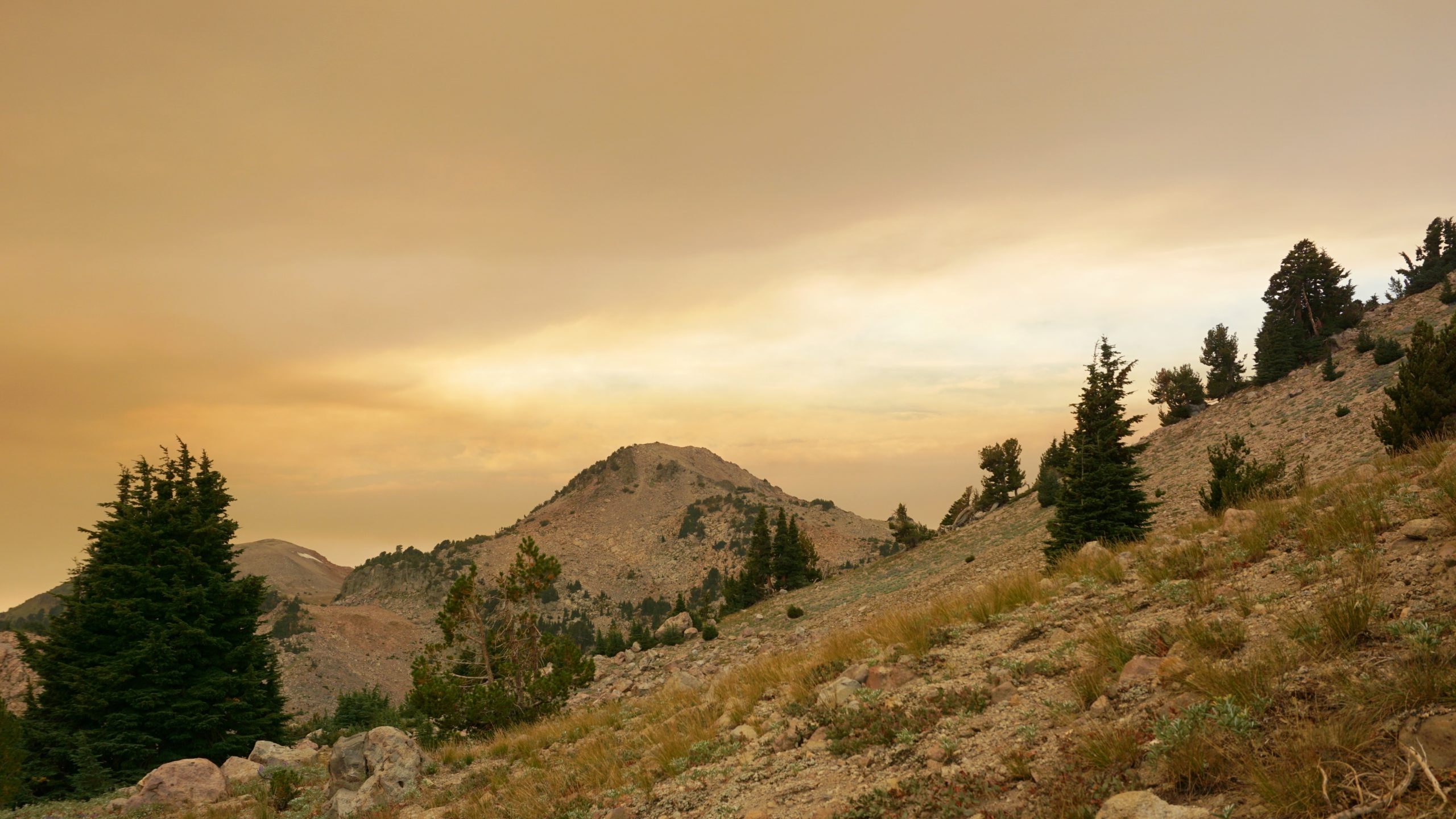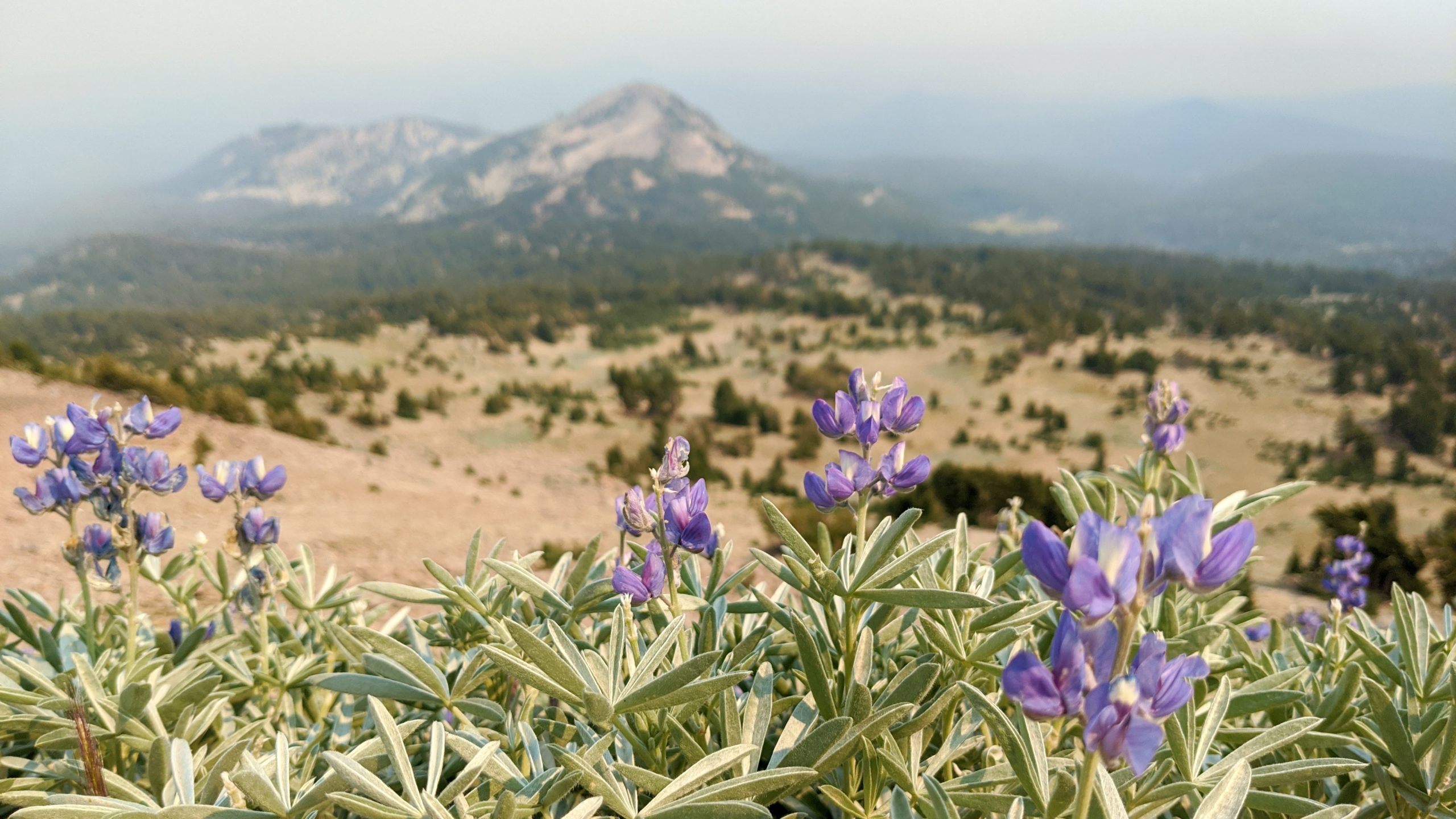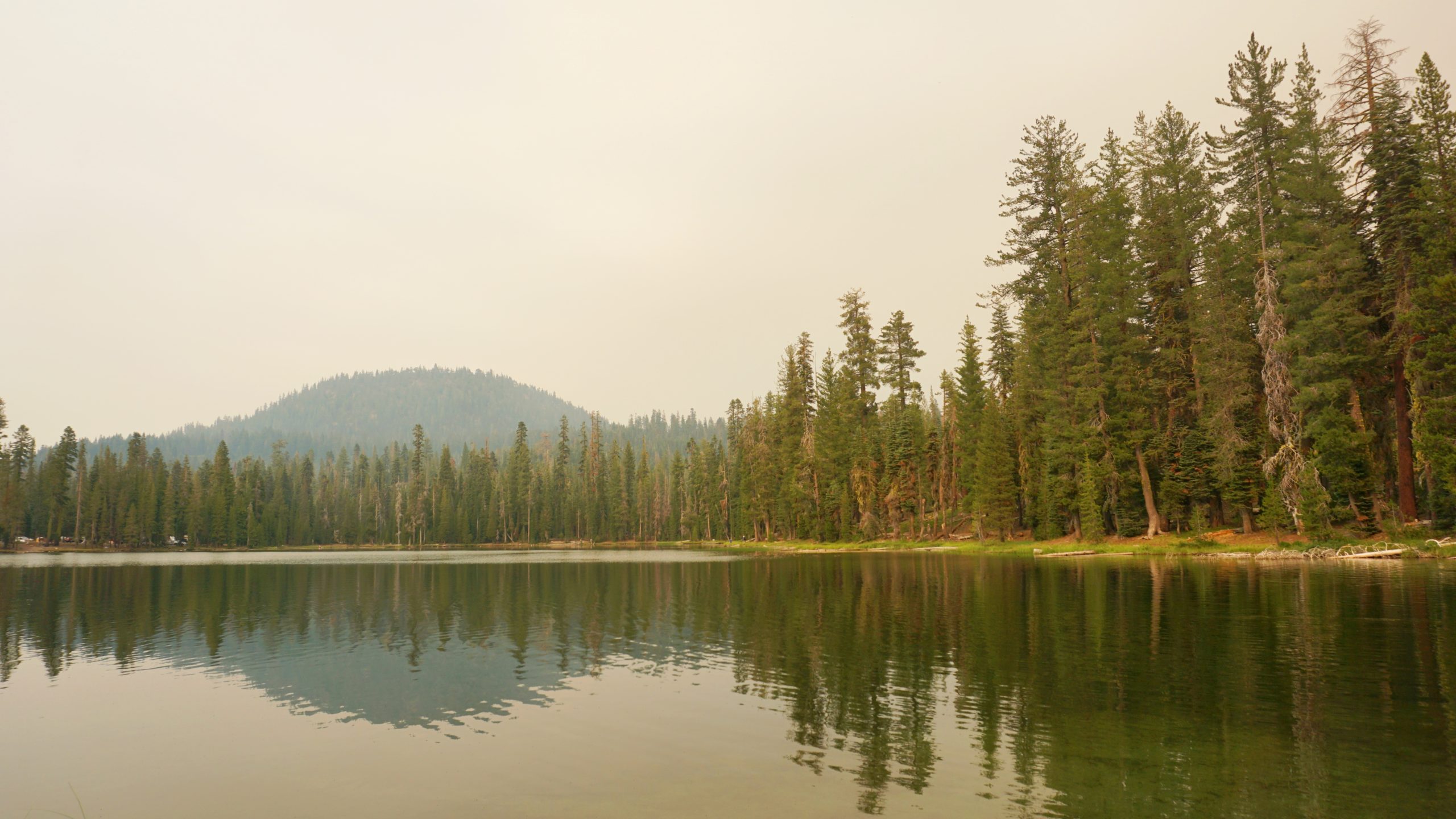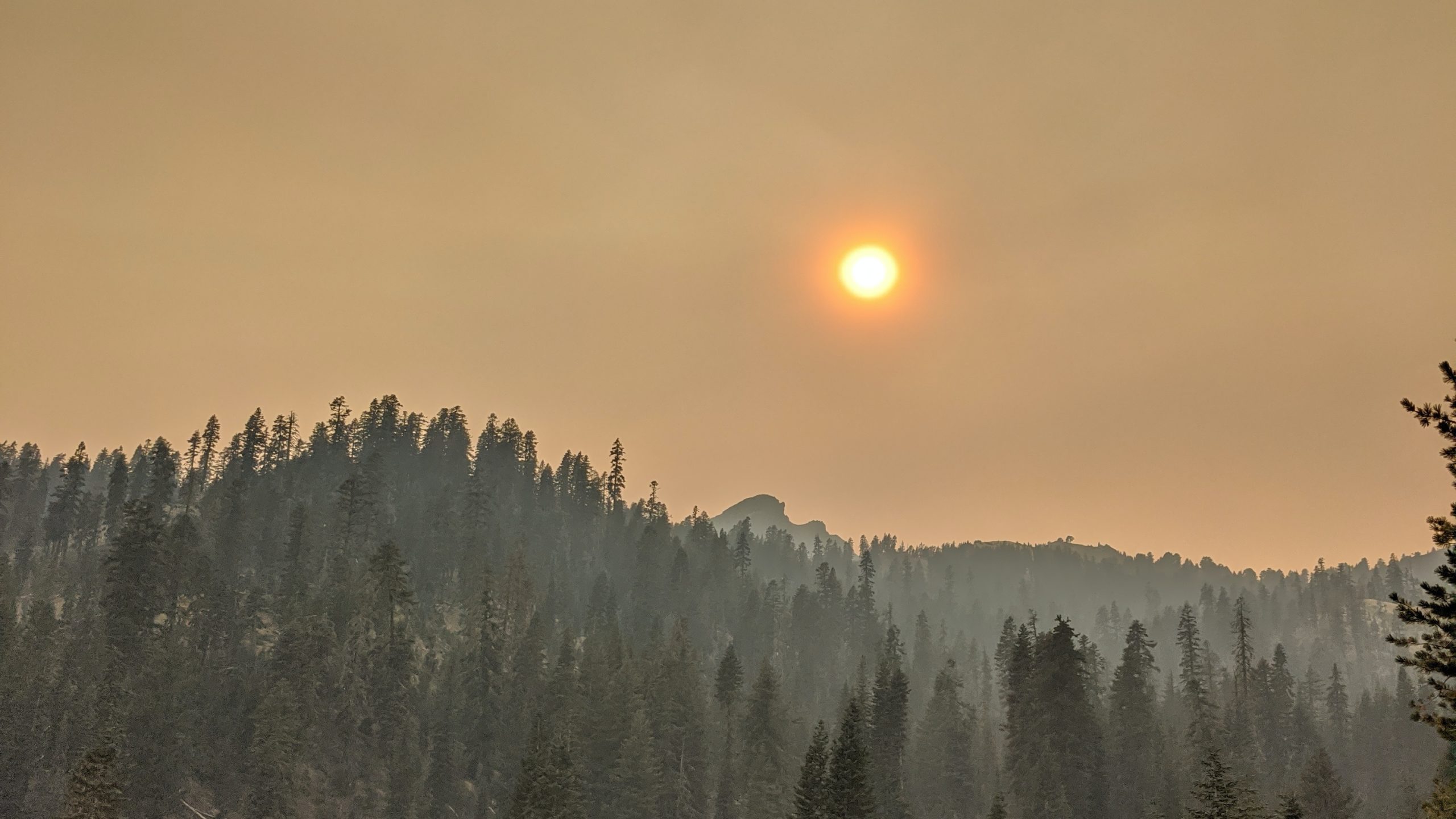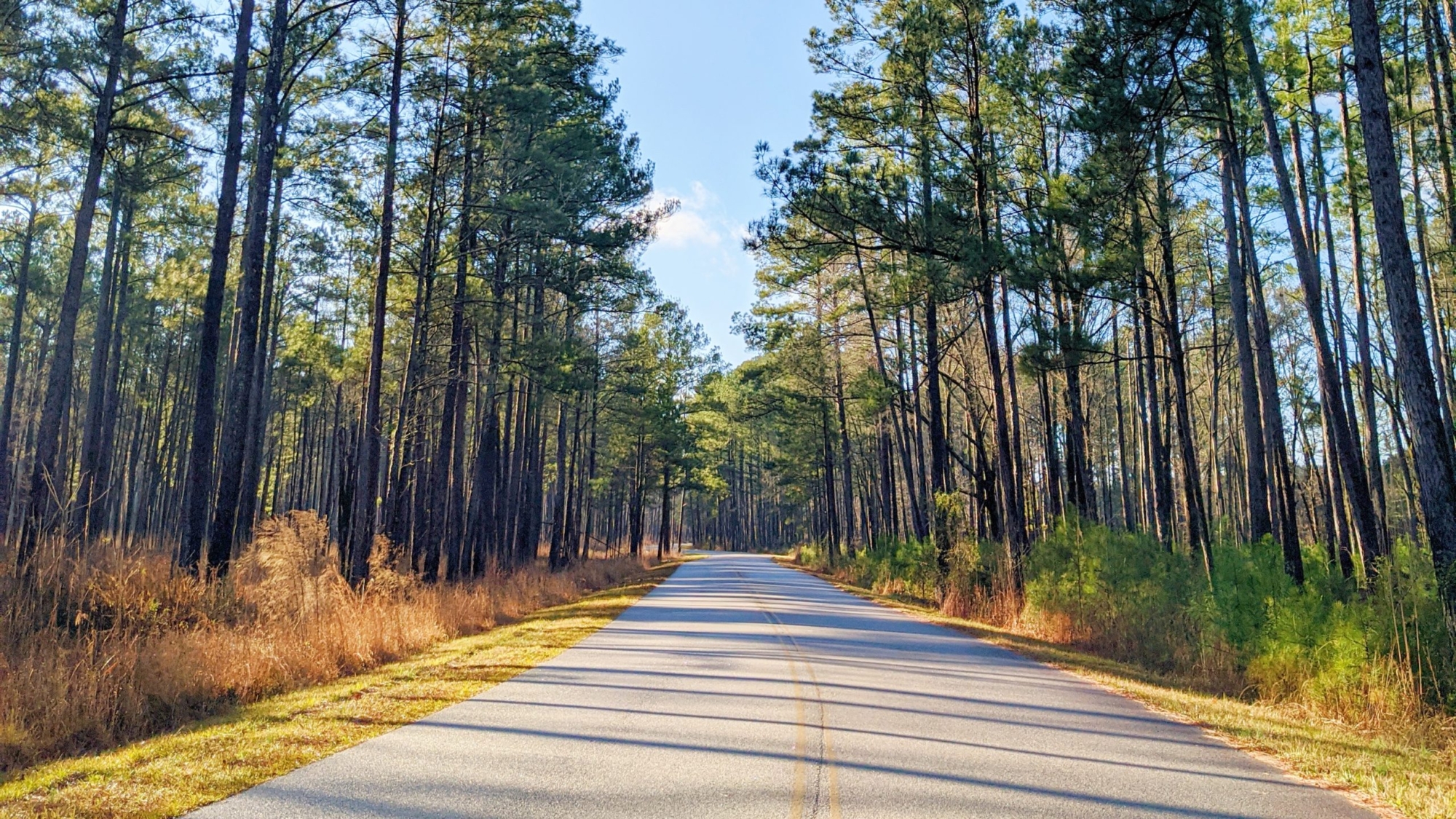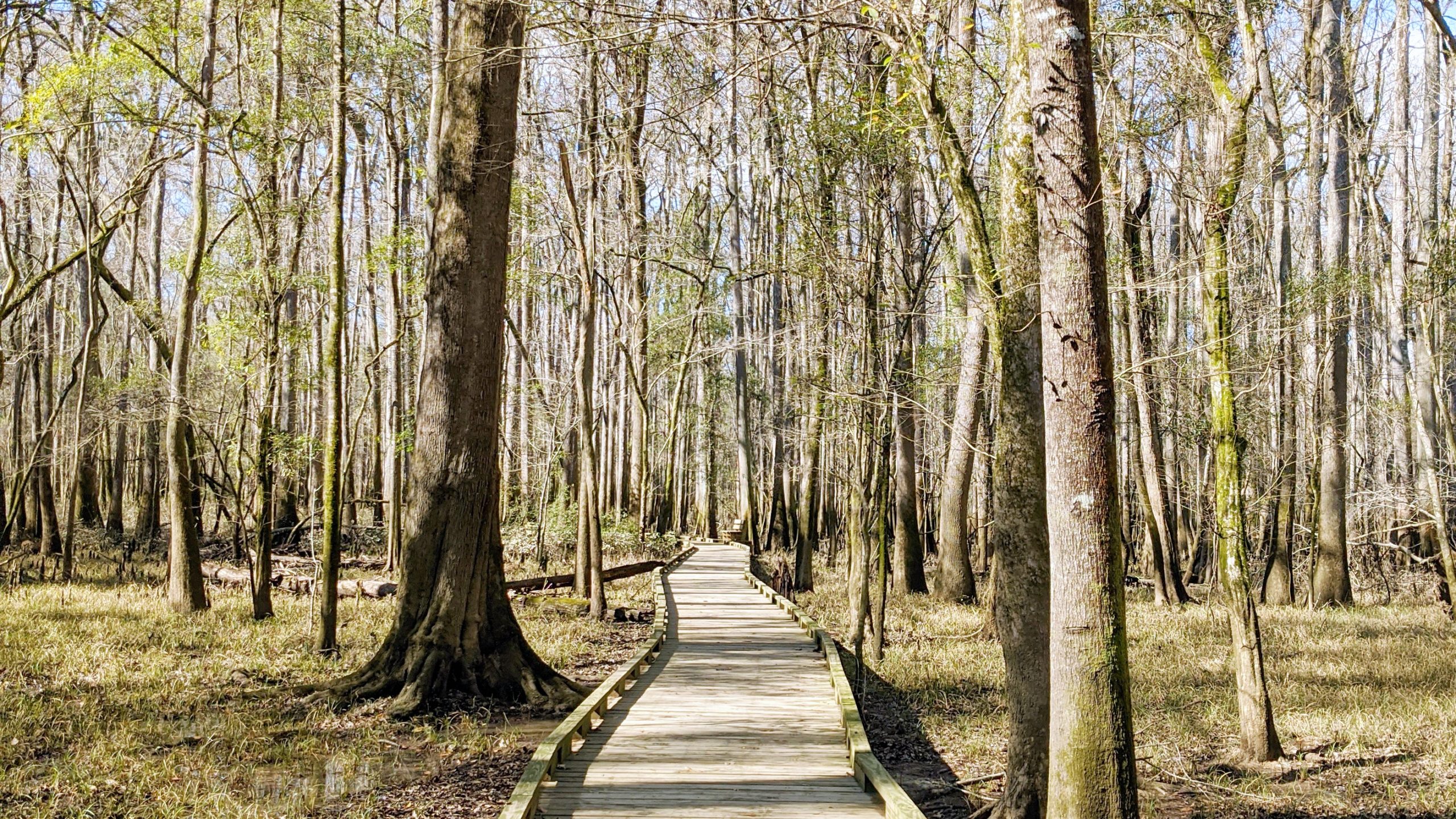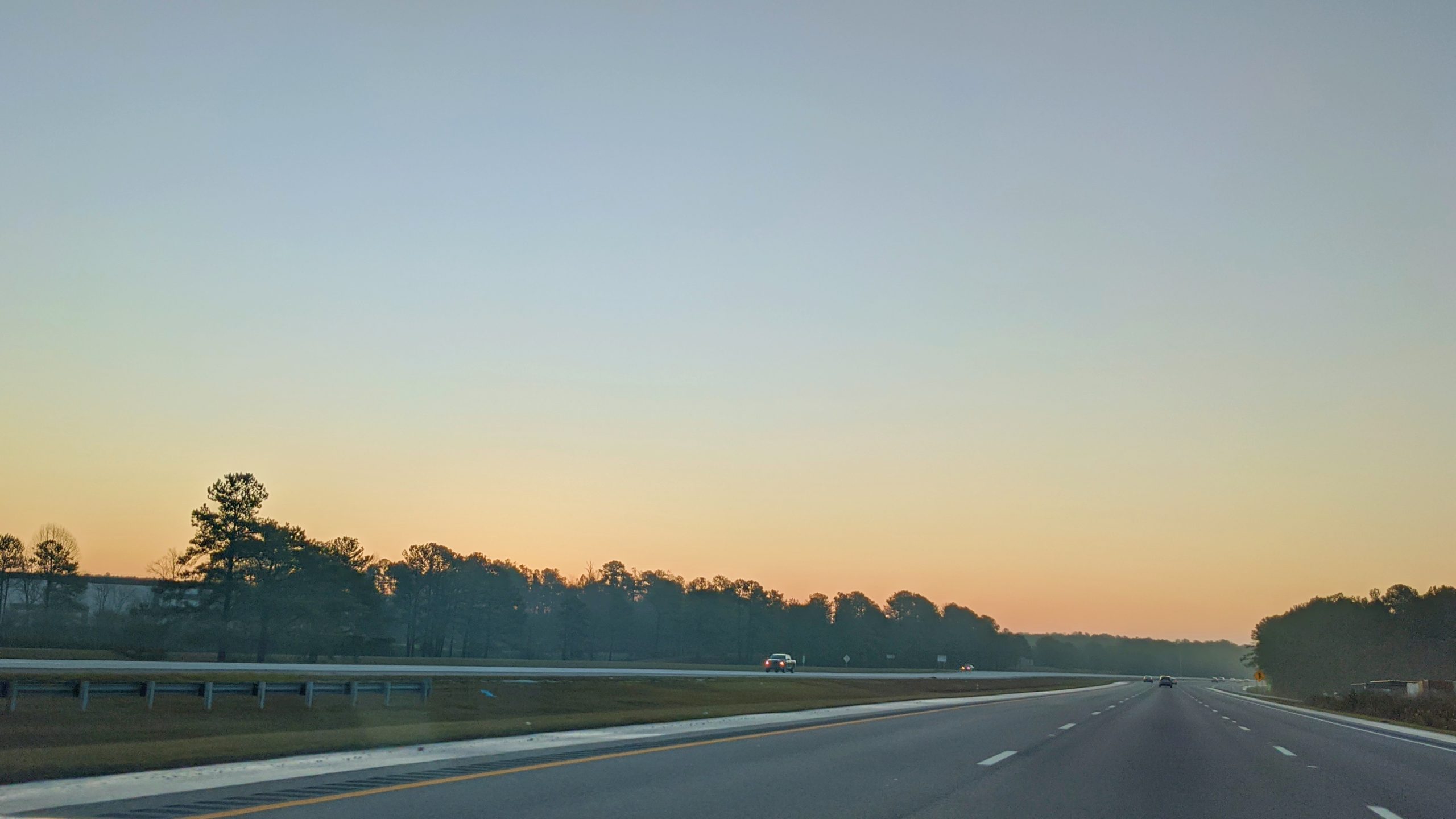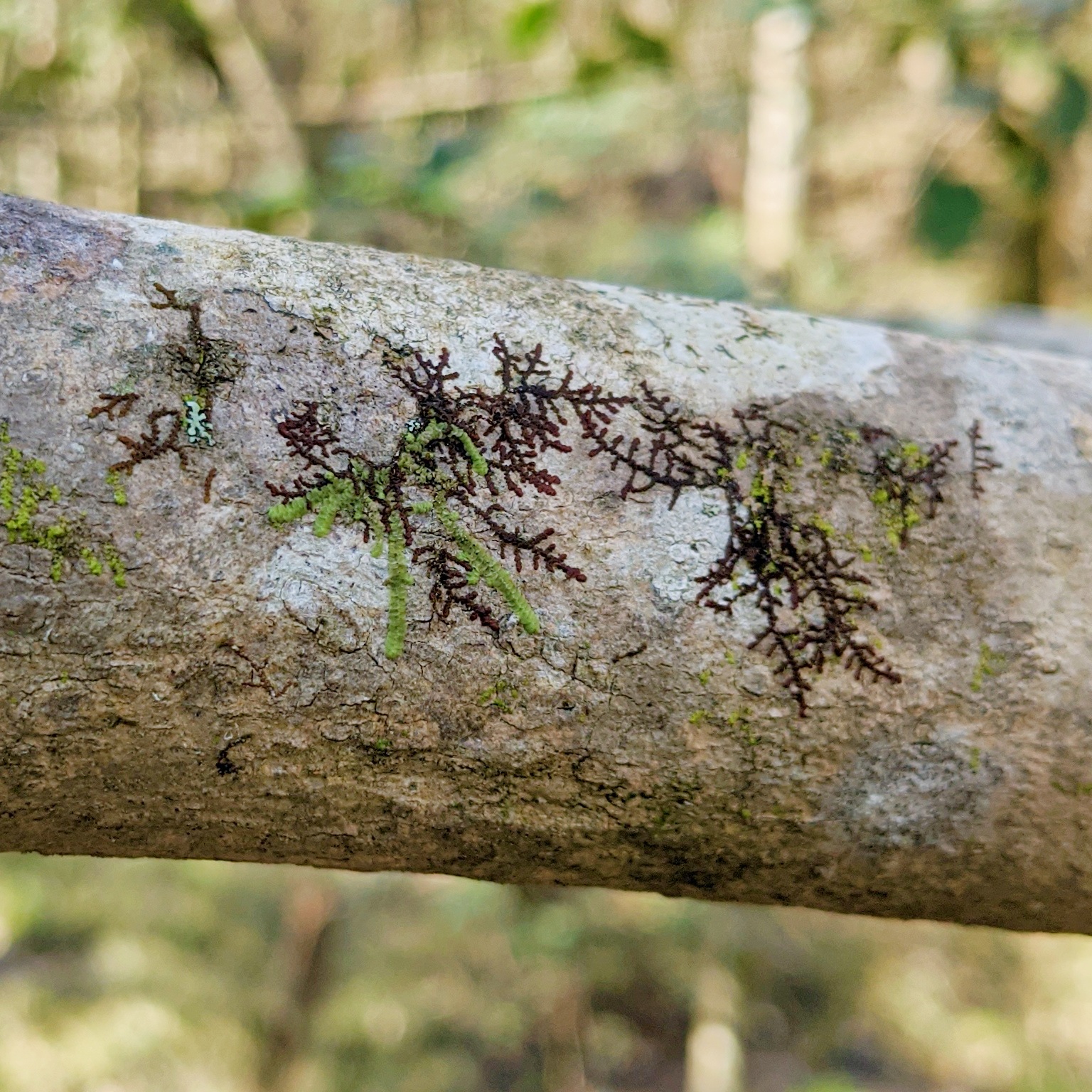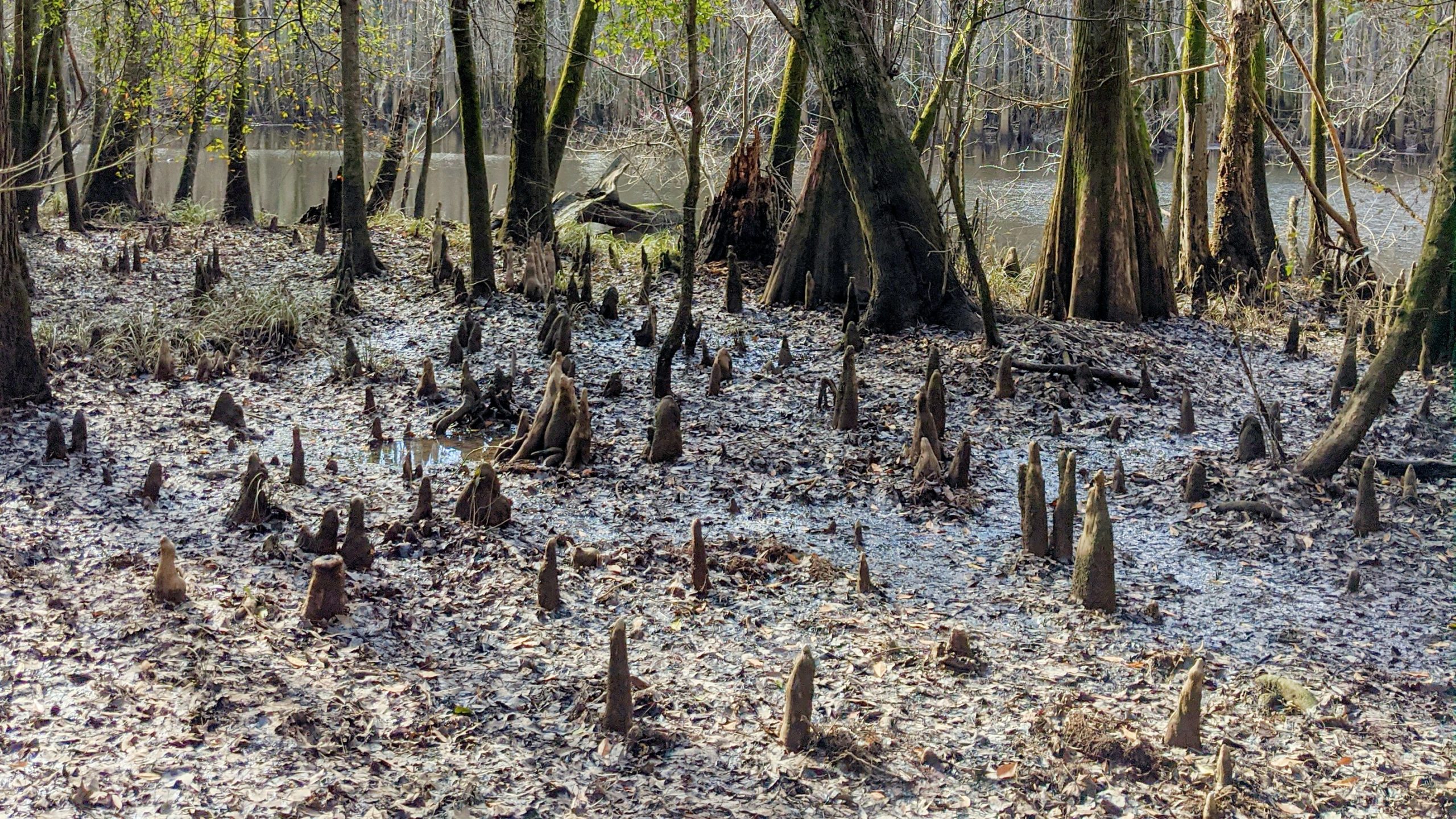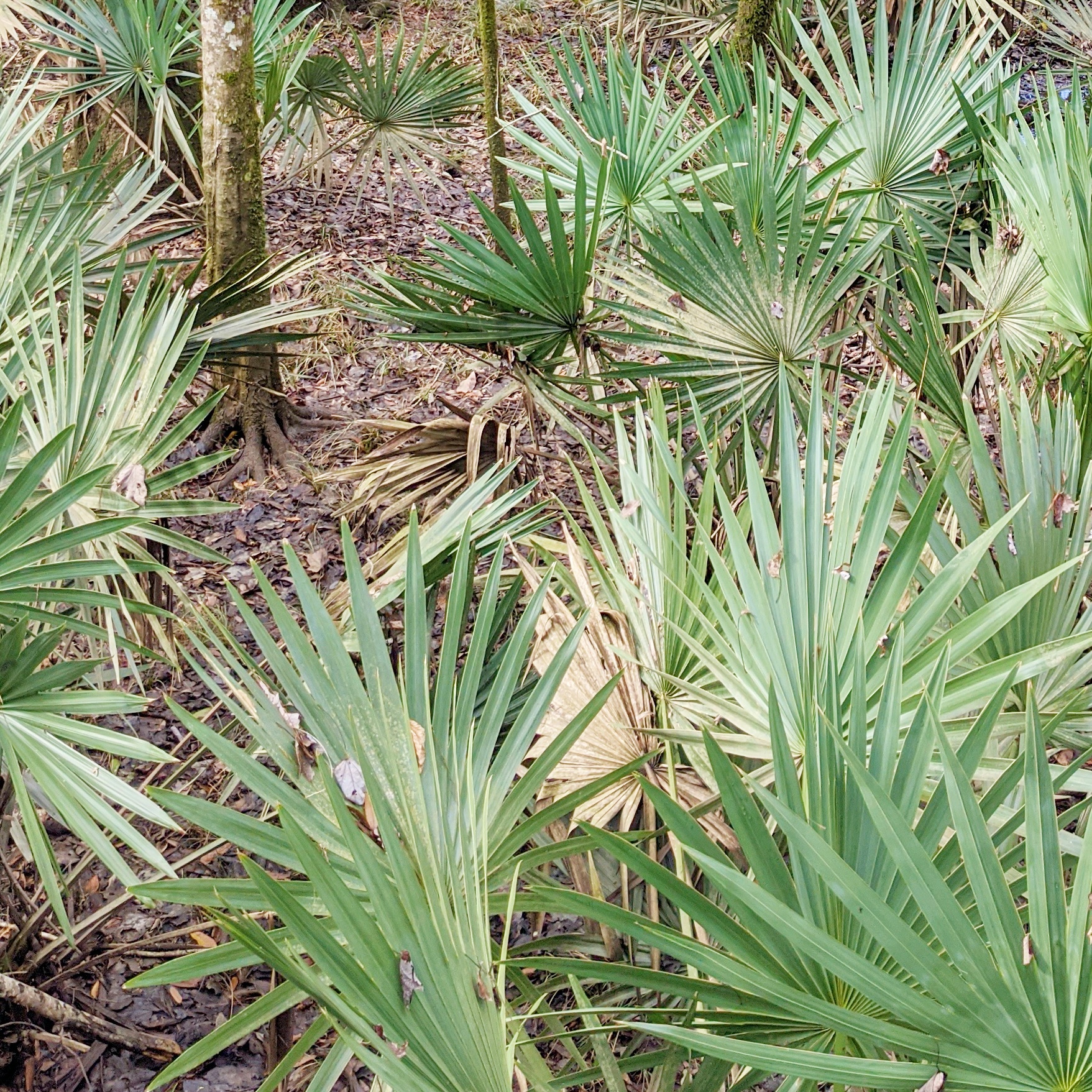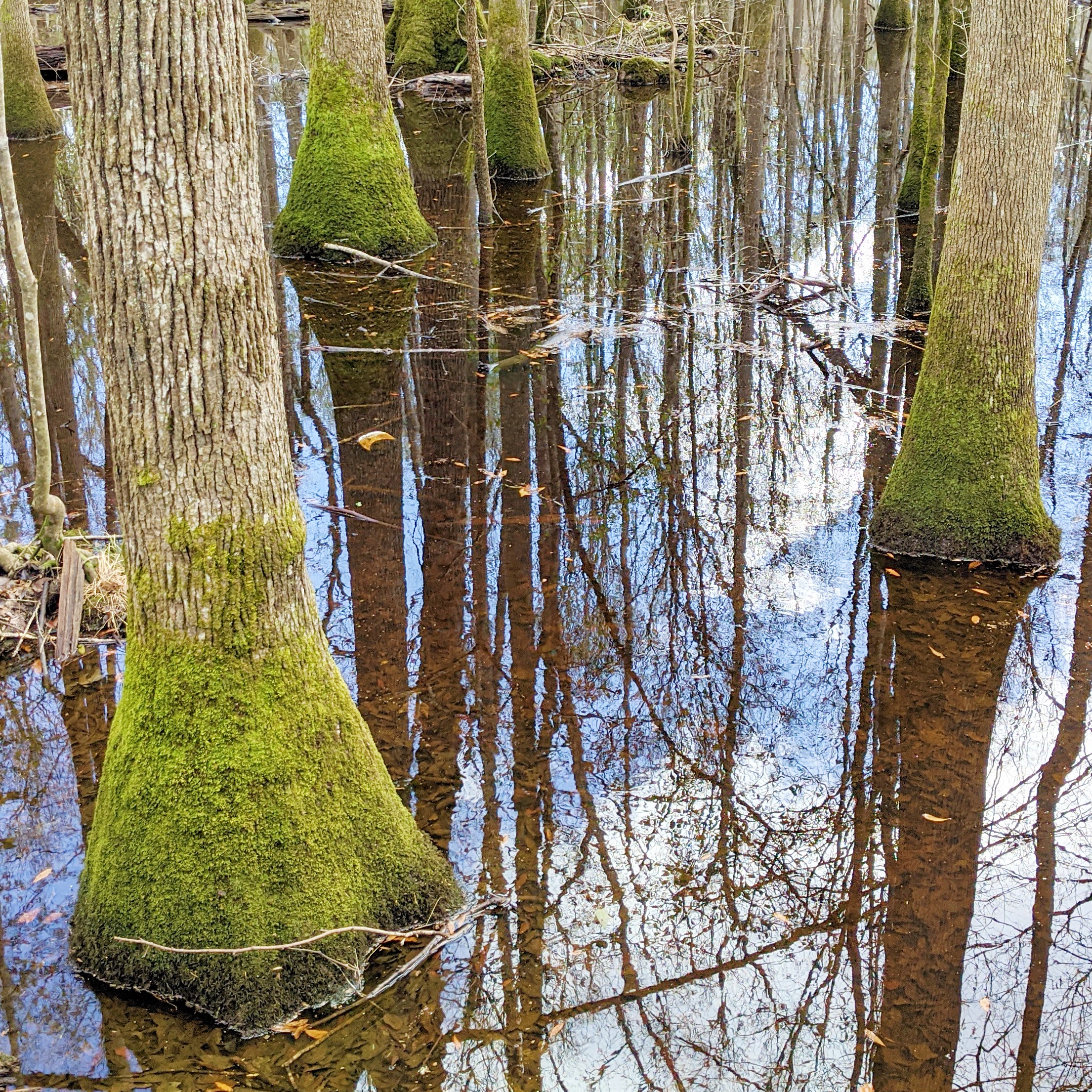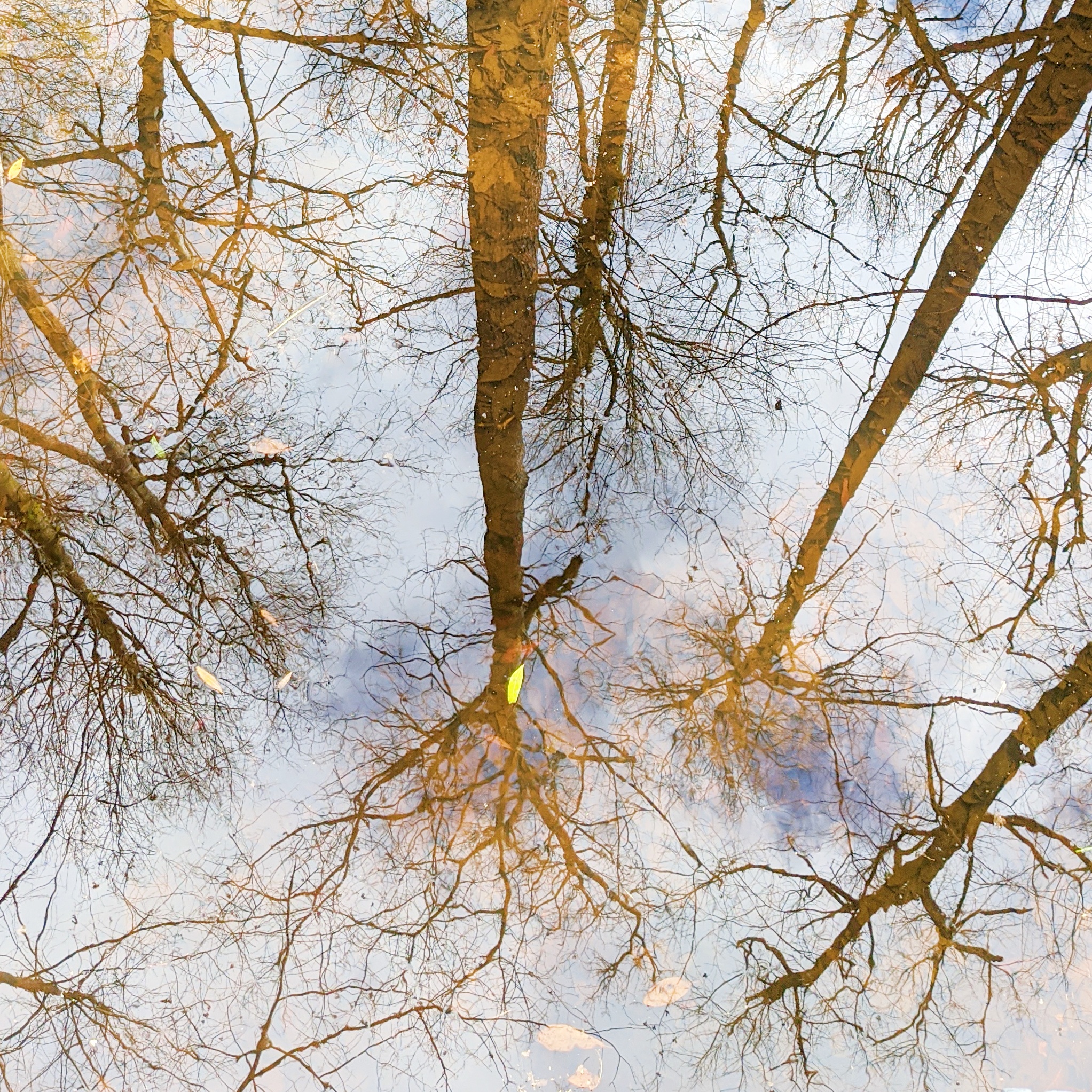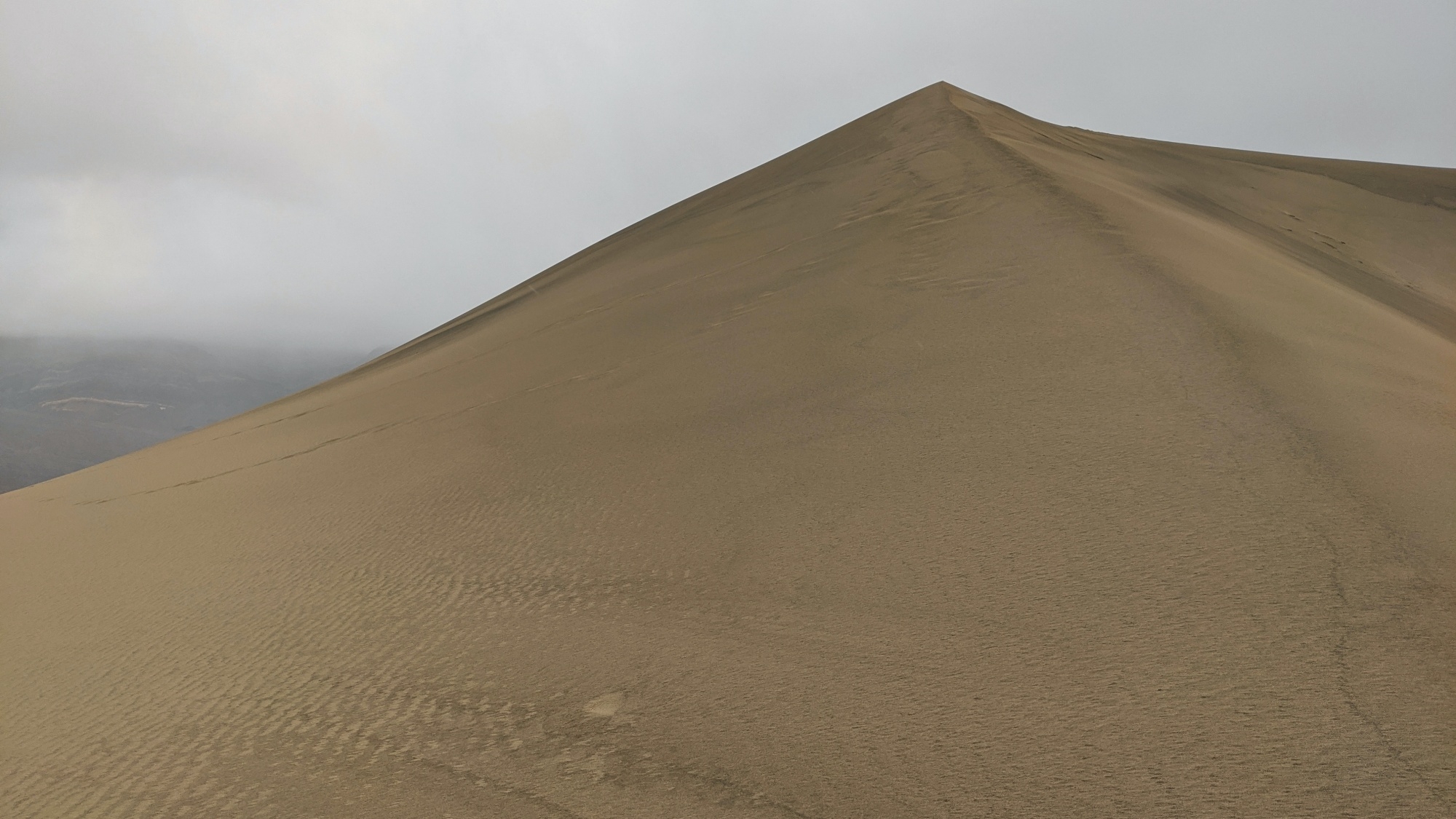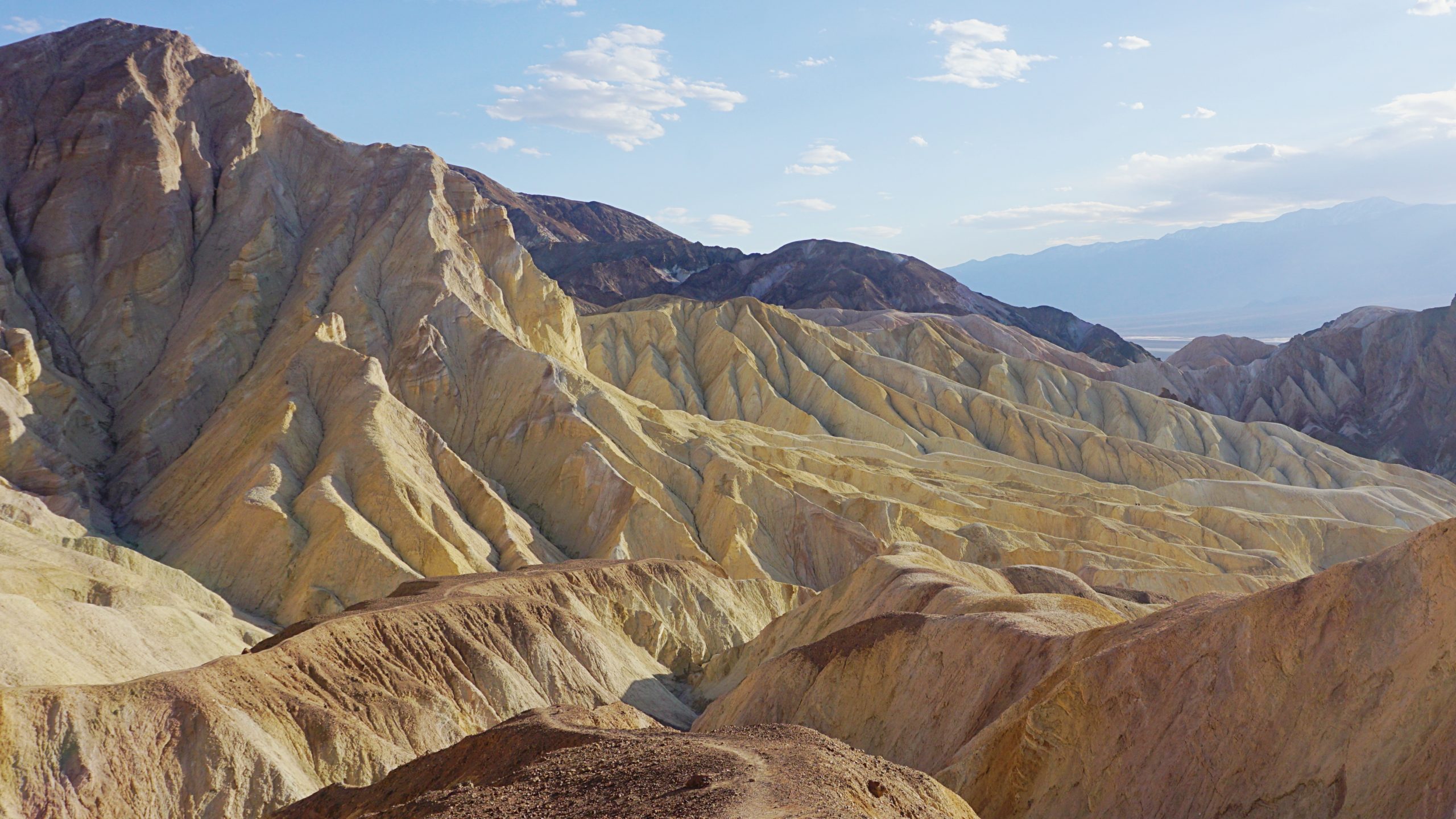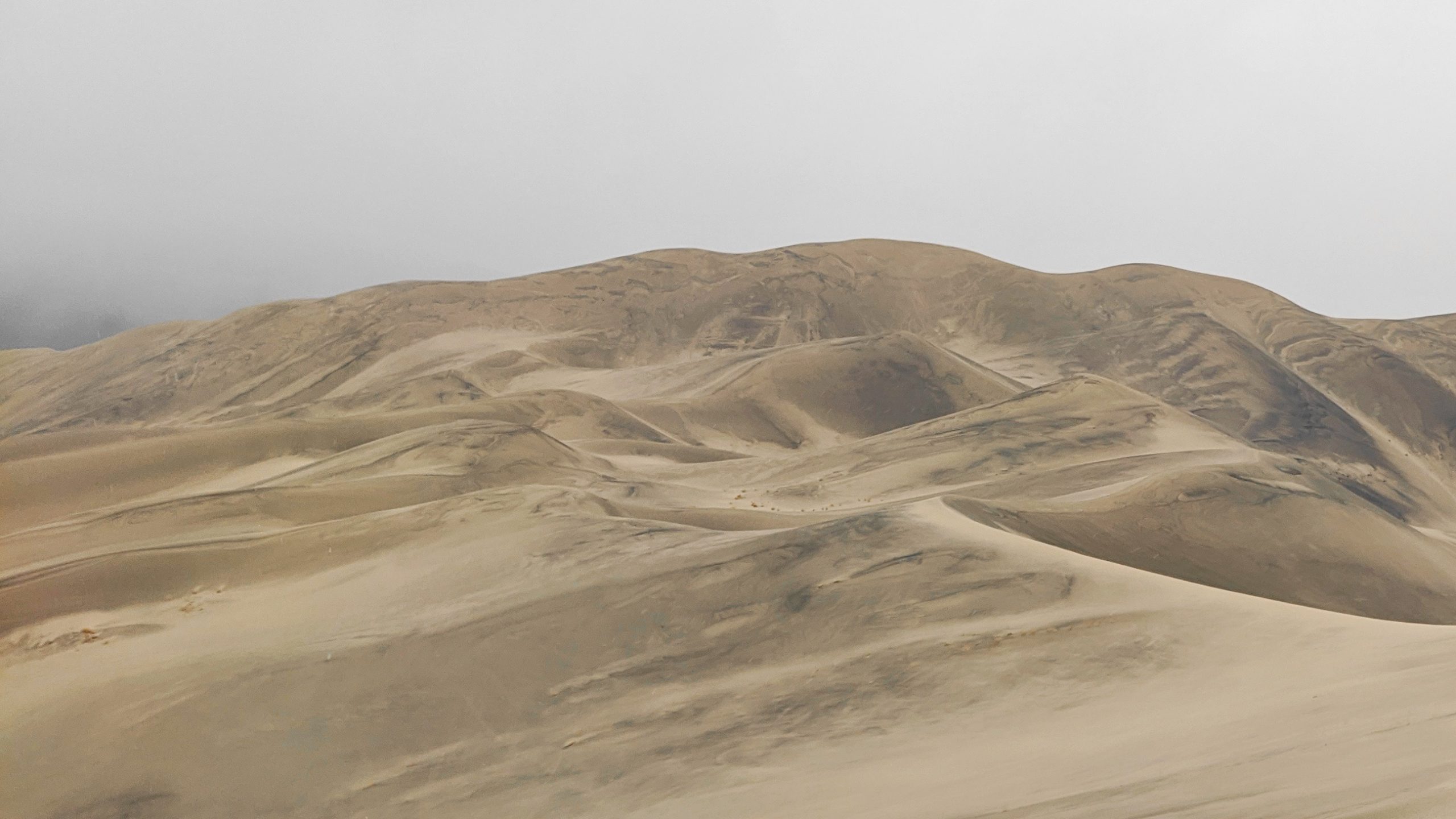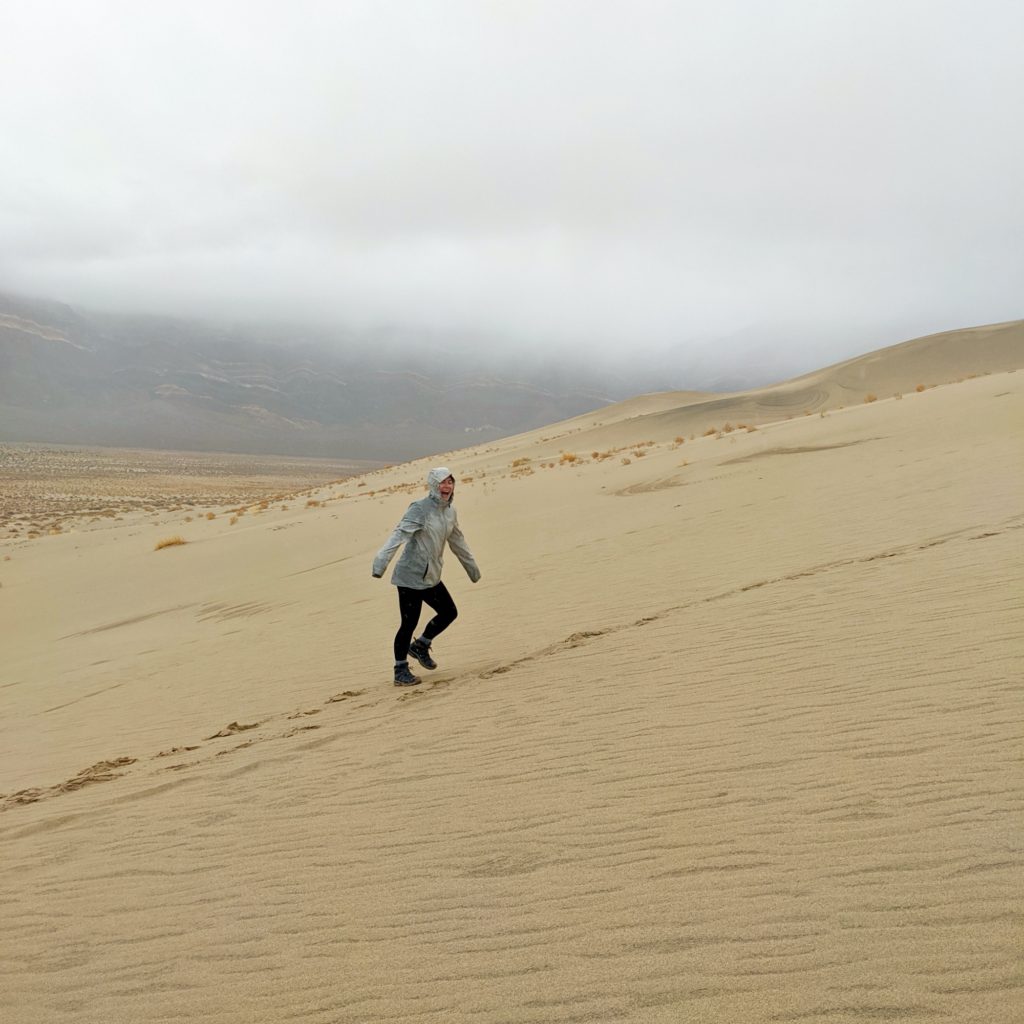There’s something about an airport curb that brings a swell of feelings. A simple ledge of concrete, so laden with emotion, family and friends on one side, the sweeping unknown on the other. It’s a hinge, a precipice, the smallest and most terrifying cliff you’ve ever summited. It’s dizzying, the intake of breath, the slick palms, the vertigo experienced from so enormous a height. Will it take you home? Will it take you away? Will it take you to a new home? Will it ever let you return? Anxiety, excitement, joy, sadness, and fear all meet at this crossing, bouncing back and forth with every footstep, sloshing around in the gutters of our souls, splashing onto anyone who may pass. A few tiny, terrifying inches, a waterfall of sensations.
Four months ago, I stepped onto my own airport curb.
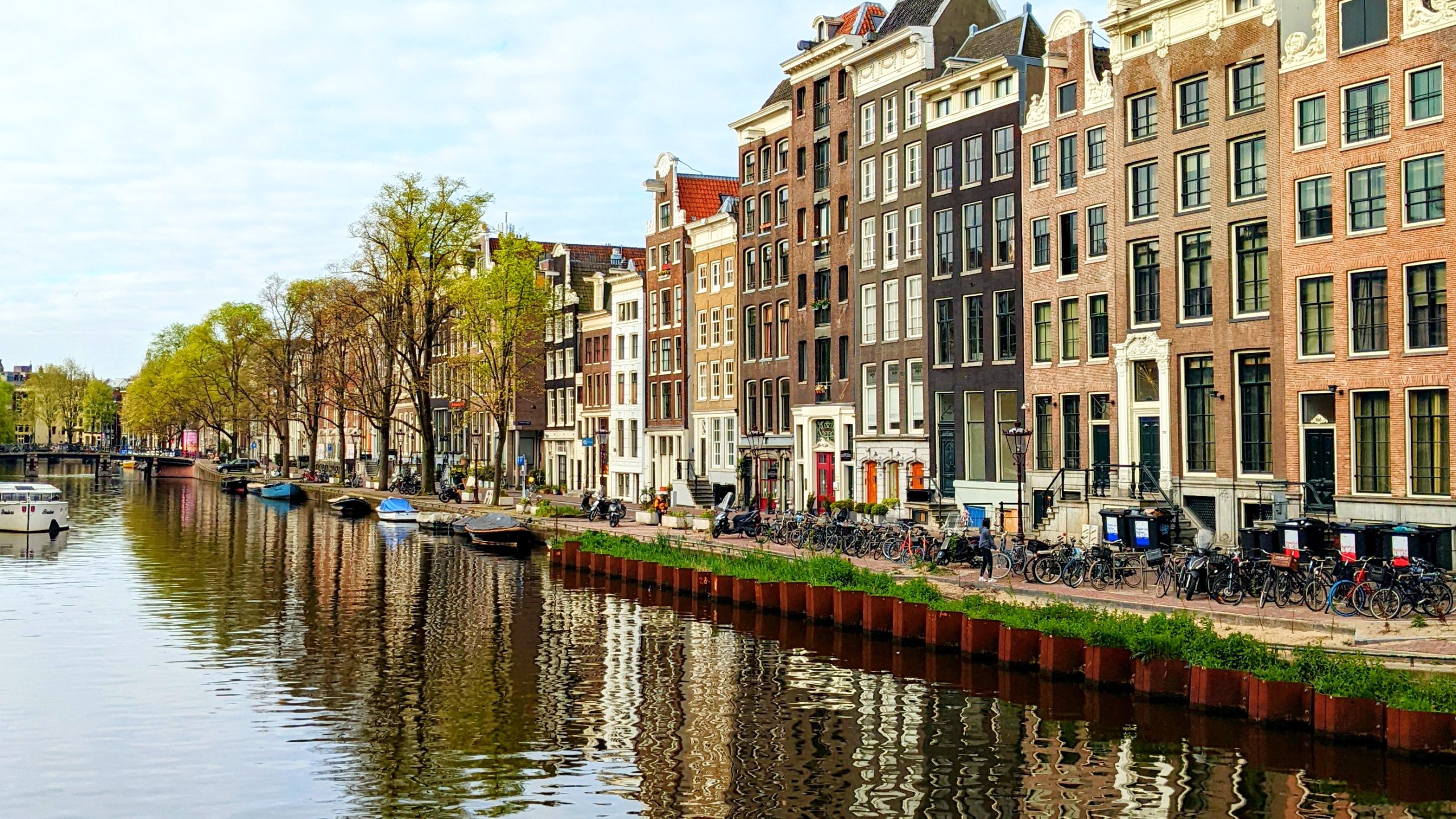
At the start of 2022, with a new job opportunity, I packed my bags and boarded a plane with my cat Pepper in one hand and my passport in the other, bound for the Netherlands. I had only been to the Netherlands once before, almost five years ago, for a total of less than forty-eight hours, and had never been to the city I was to now call home.
In the months leading up to my move, I had been filled with excitement, anticipation for a new adventure, joy for a new experience, new career, new chapter of my life. This was to be my fresh start, my first big life turning point since college, my rebirth after my pandemic hibernation. Yet in the week before my flight, the excitement turned to sadness as I began to cling to all that I was leaving behind, all that I loved at home, all my friends, all my family, all my favorite places. Mingled with the stress of packing and paperwork, and with fresh warm holiday memories dancing at my heart, my soul was feeling crushed and was scrambling to dig my fingers back into the Californian dirt, root down deep, and refuse to be moved.
So when I stepped onto my airport curb, tears filled with all my own anxieties, dreads, and sorrows rushed down to join the flowing waterway of emotion that ran beneath that tiny concrete cliff. Behind me was everything I knew, I loved, that would offer me home and safe haven. Instead, I climbed that cliff face, the most distressing climb, to walk towards a complete unknown, to start from scratch, to plunge into the mysterious dark unknown and fight for a new light.
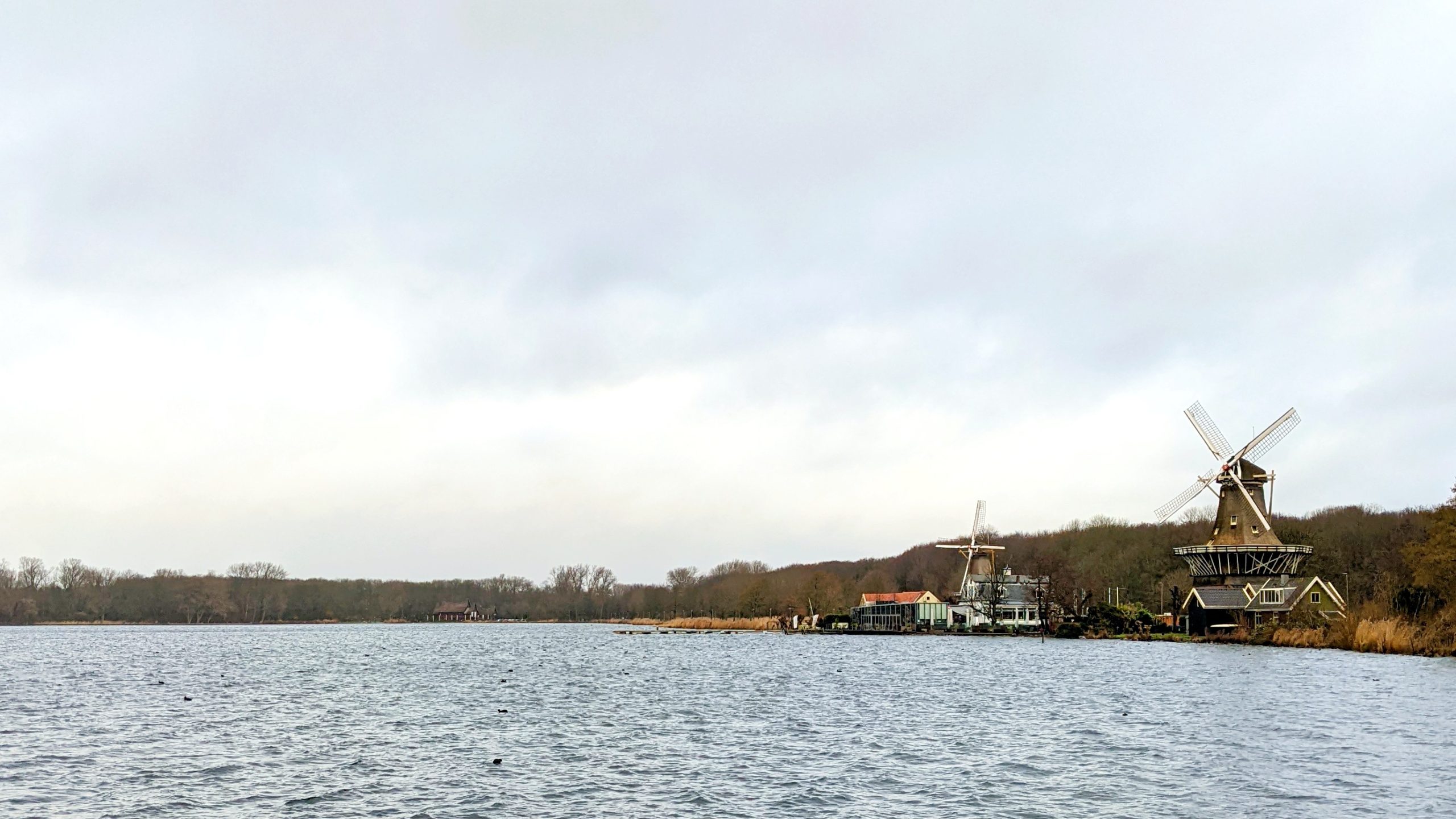
The Netherlands is both everything I expected and nothing like it at all. As with every move – especially international, and during a global pandemic – nothing was smooth sailing, and it has only been recently that I have finally felt prepared to call the Netherlands home, for however long it should be.
My first month was spent in lockdown as January dealt with the leftover holiday caseloads. Shops were closed, streets were quiet, people were home. Despite having dealt with this for months on and off in California, suddenly I felt more isolated than ever, across the world from my support systems, struggling to get connected to anyone or anything as my international phone bill racked up, timezones played havoc with my routine, and my internet remained a distant dream due to supply chain delays that held my new modem in limbo.
With no other options, I sat and read and listened to the winter birds call from outside my window. I heard the rat-a-tat chatter of the occasional passing stranger, speaking in the Dutch language I had yet to grow accustomed to. I listened to the squeak of bicycle wheels from delivery personnel on the street below. In the evening, I watched the streetlights flicker on, illuminating the white striped brick of classic Dutch design. I saw my neighbors dancing and laughing through their illuminated windows, sharing meals, watching TV, displaying the “open curtain” culture that pervades the Netherlands. I was alone in my head, but there was still a world around me, a world I needed to discover and learn about and understand.
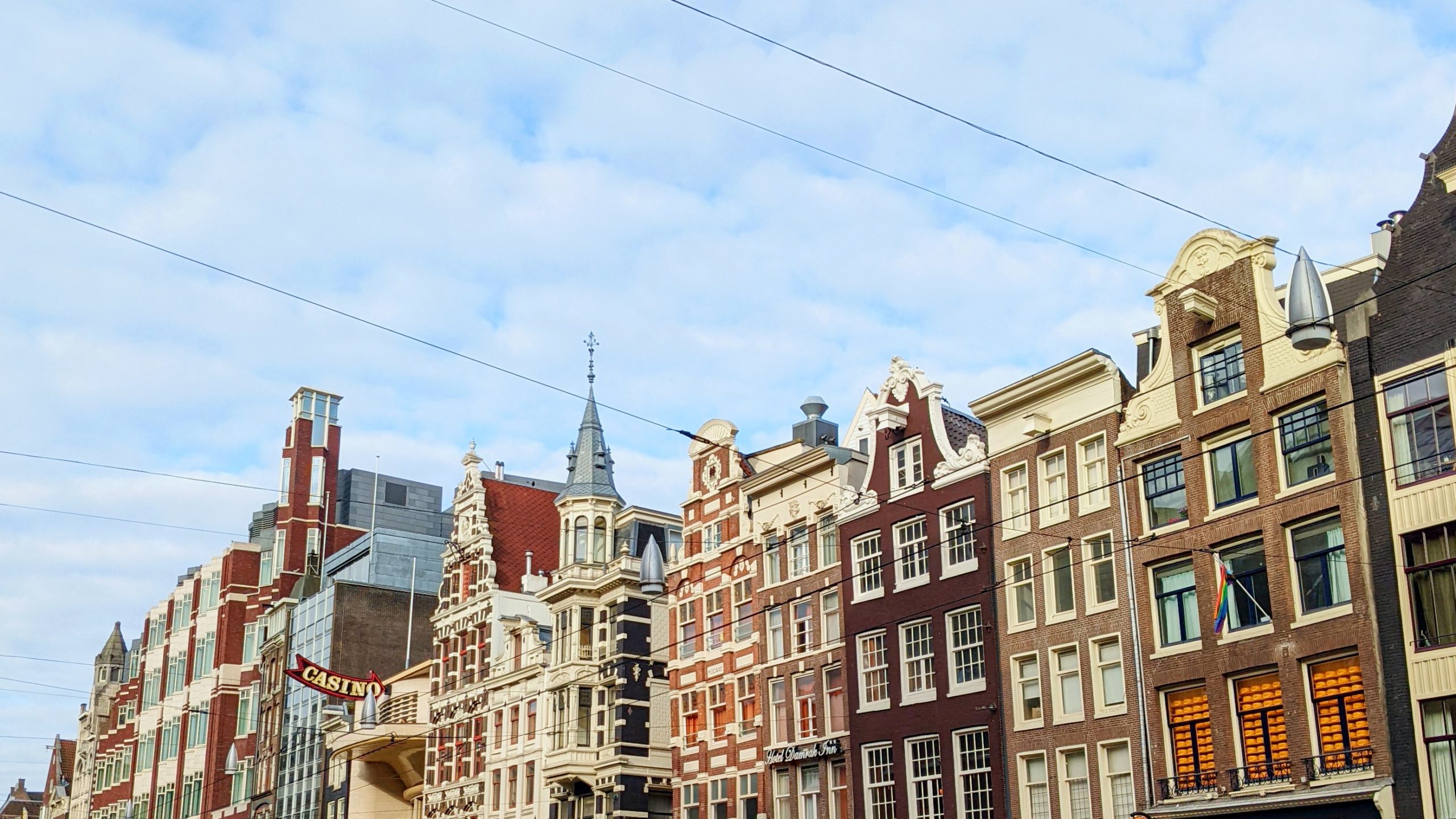
There had been many many frustrations moving here – bank account delays, local phone contract derailments, language barriers, transportation confusion, and other agonizing logistics that made me tired, made me want to stay home, made me want to pack back up and move back home. At every turn, I felt like I was getting stone-walled out of this country, that it was rejecting me like a failed organ transplant. It had already chewed me up and now it wanted to spit me back out. This Californian wasn’t ready to be planted in new soil.
After all these obstacles, I wasn’t motivated to venture out, to explore, to try to assimilate into my new home. It didn’t want me, so why should I want it? But I had a signed job contract and a one-year lease to hold me here. I needed to make the most of it. So baby step by baby step, I emerged. Just as pandemic restrictions loosened, so did I, forcing myself into uncomfortable situations in order to learn. Like a fawn stumbles until it learns to walk, I too hobbled and stumbled, crippled with two pandemic years of forgotten social skills and street-smart set-backs.
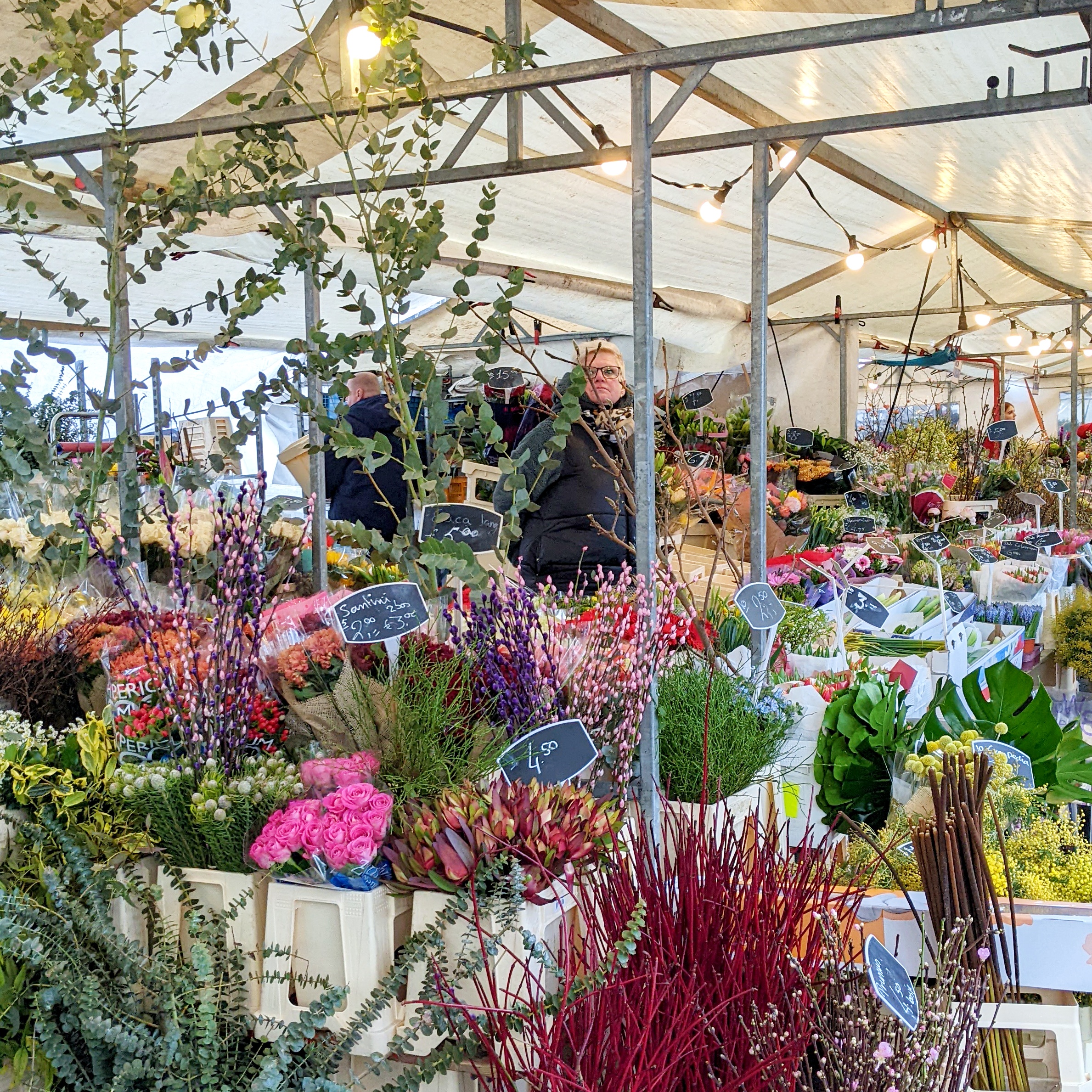
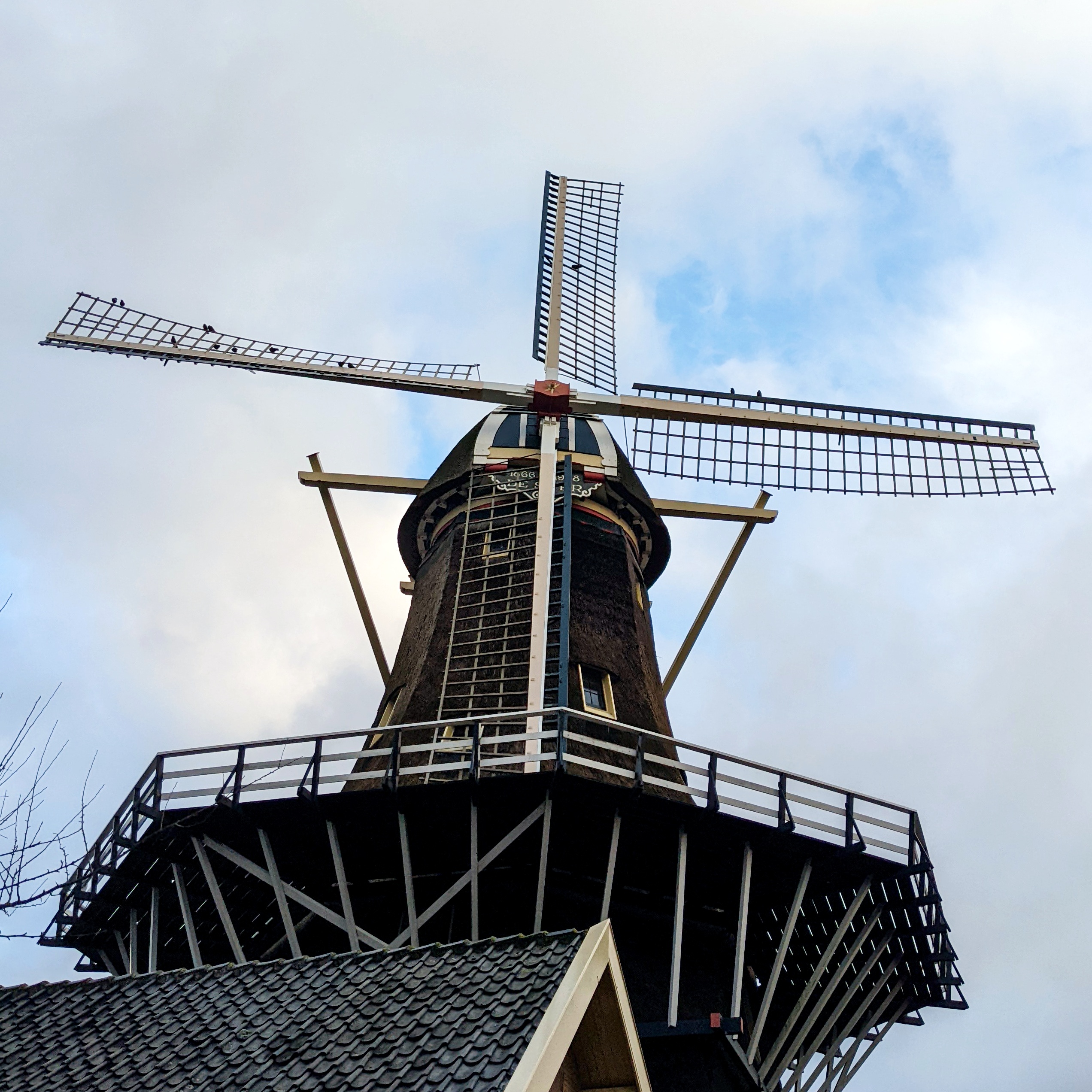
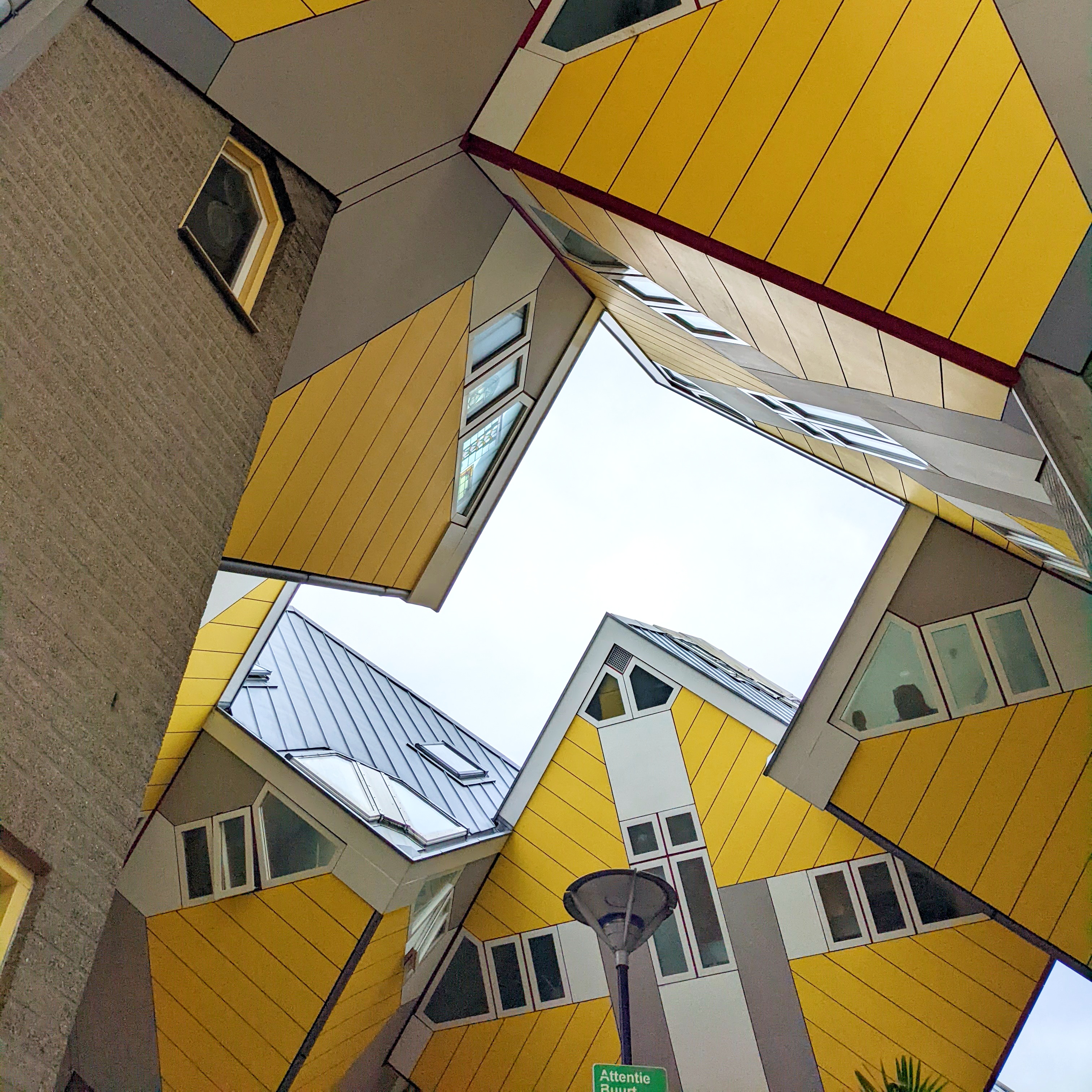
For my first two months, I was reliant solely on the approximately two hundred Euro in cash that I had brought with me, as I found out none of my cards worked upon arrival. Even after learning basic foods in the Dutch language, I still managed to buy ten packets of gravy instead of veggie stock cubes. Even four months in, I still haven’t been able to properly say ‘goodbye’ to anyone in Dutch except to thank them profusely, and further to that, I have yet to learn the distinction between the three forms of ‘thank you’. It took me a month to find the communal trash receptacle for cardboard. I have only recently managed to learn what almost all the symbols on my oven mean.
Safe to say, on this side of that airport curb, I have tripped and stumbled and fallen many many times.

Yet, I have picked myself up. I have reached desperately for sunshine.
I found the English section of the local bookstore. I have finally memorized my Dutch address, phone number, and debit pin. I have met my neighbors and even borrowed tools from them. I have found favorite take-out spots for both Indian and Thai food. I got a personalized transportation card and have already memorized my local metro map and tram stops. I have managed to learn the difference between gravy and veggie stock.
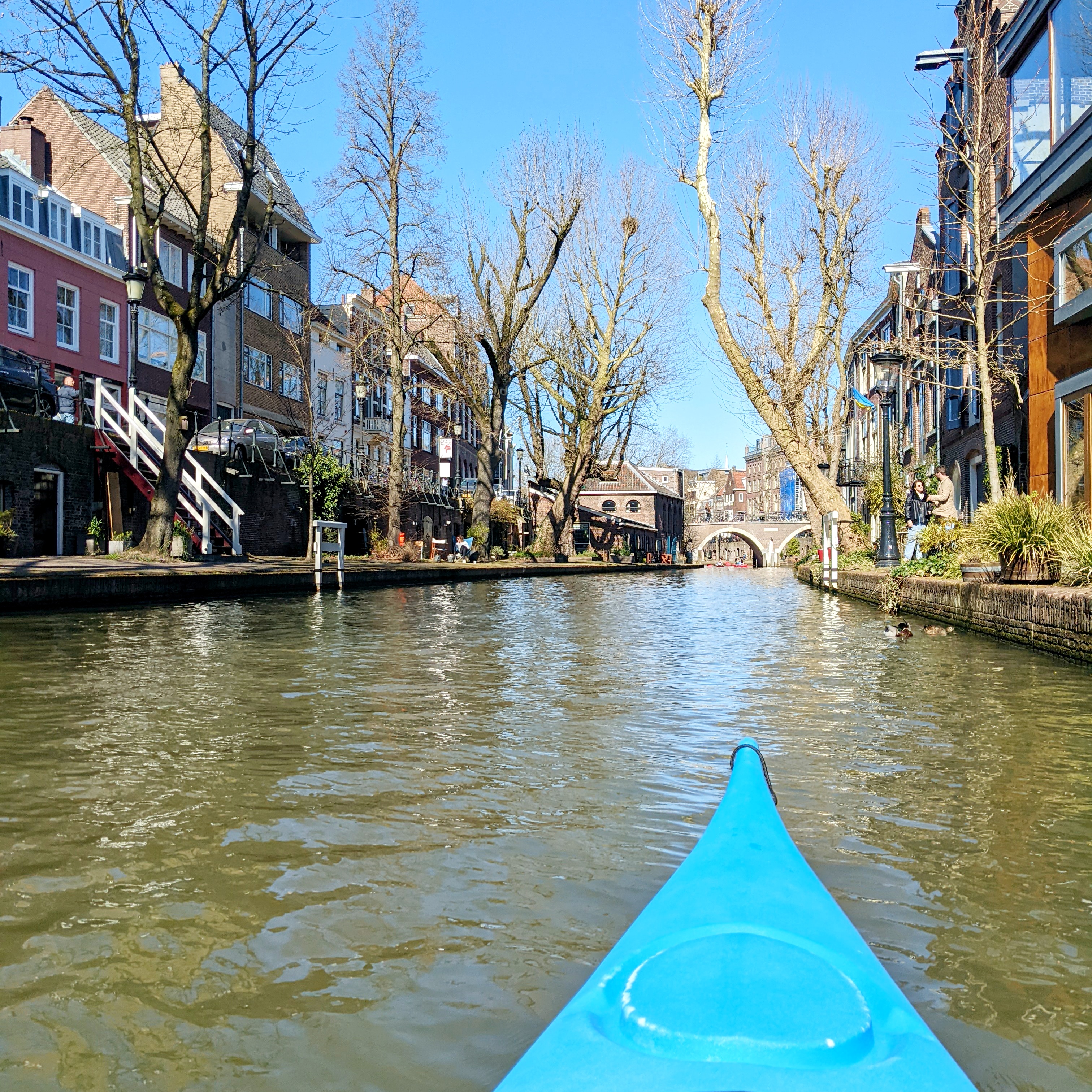
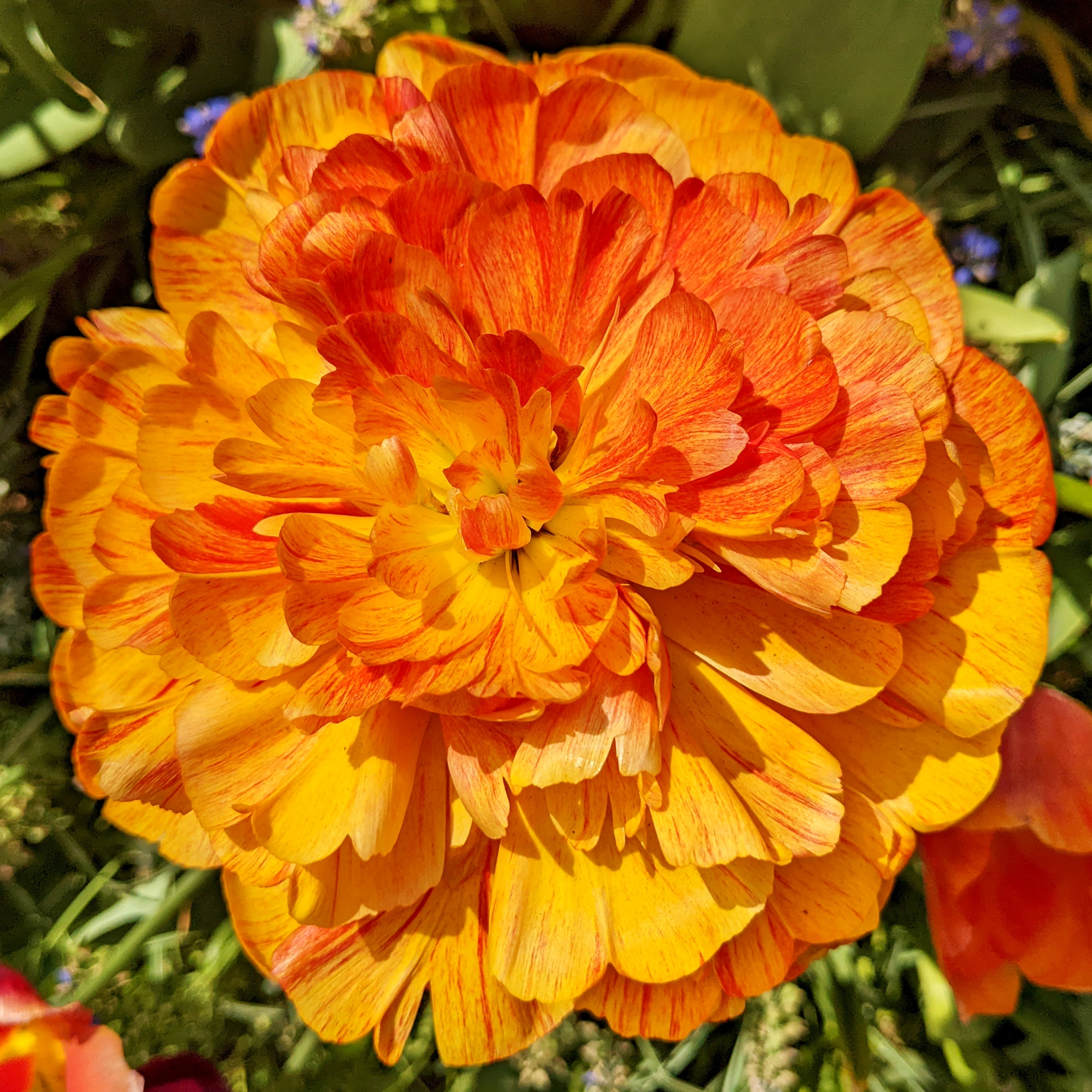
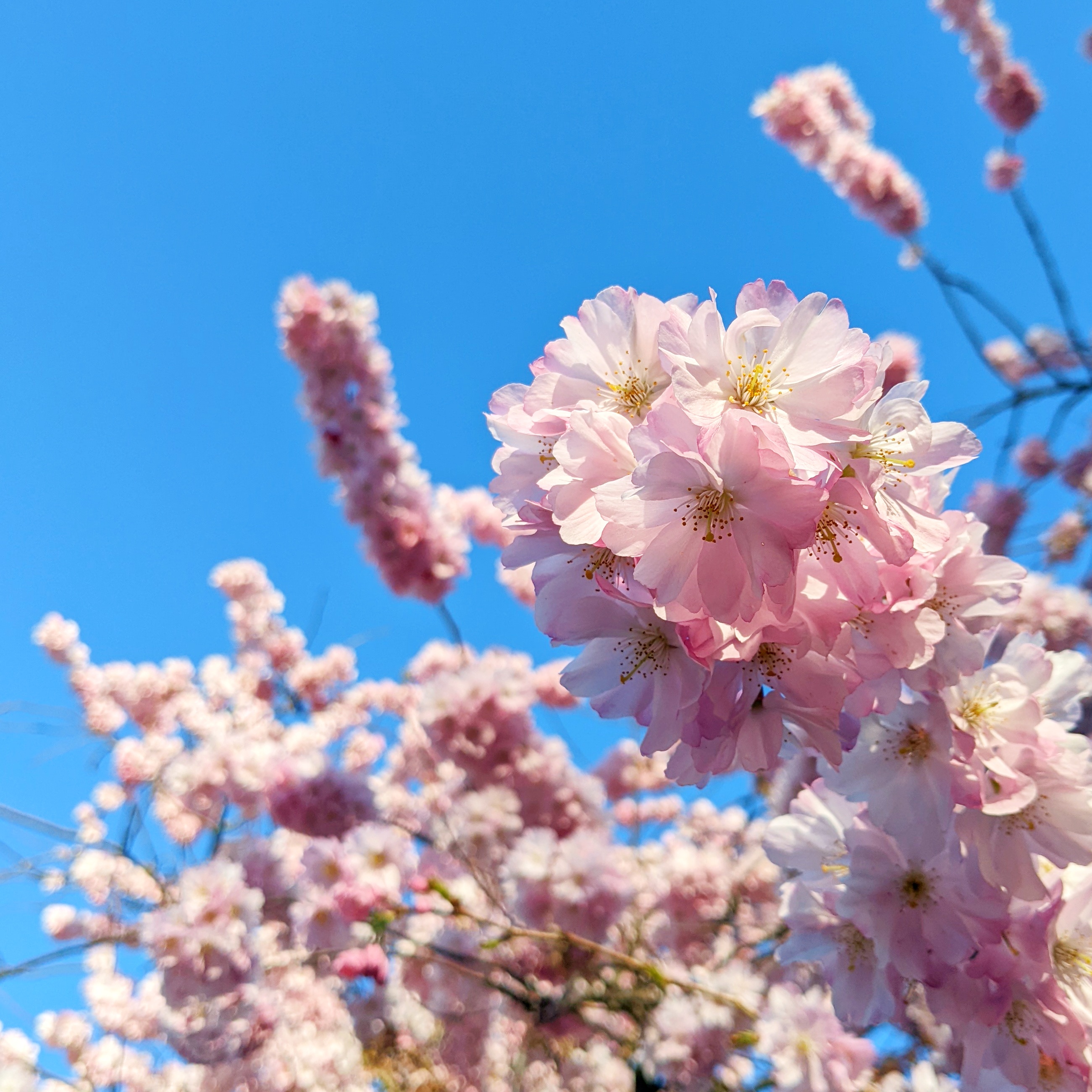
And I have also had some amazing experiences.
Every morning, I pass a Dutch windmill from the 1800s and get to enjoy the peace of perfectly manicured Dutch nature. I have stumbled upon open air markets with hundreds of stalls, fresh local fish flying overhead as they’re tossed to customers, huge bouquets of flowers bundled in brown paper for pennies, and Dutch barrel organs playing boisterous music for miles around. I have kayaked in canals and then sat on their edges drinking Dutch beer, only to get sunburned as the day passed by. I have sailed down the biggest port in Europe, the Dutch Hook of Holland, and climbed the tallest bell tower in the Netherlands. I have partied on a canal boat, decked out in orange, for the Dutch King’s Day. I have made American jokes that have confused Dutchies, and I have learned that “helaas, pindakaas” means “unfortunately, peanut butter” but also “that’s too bad”. I have eaten warm Dutch stroopwafel and Hema hot dogs and bitterballen and frikandel and raw herring, and I have only disliked one of them (guess). I have bought fresh local flowers for my home every week that I’ve been able to. And I have smelled the infamous Dutch tulips in their colorful, majestic beauty in the gardens of Keukenhof and the infinite fields beyond.

It took me up until now to start blooming, four long months before I felt I could call the Netherlands a home. Like the Dutch tulip, I couldn’t grow overnight. It took effort and time and a lot of water and tears and a lot of sunshine and love from friends and family afar. Because even at the scariest cliff, the hardest concrete curb, with a bit of water and light, weeds and plants and even flowers will grow. April and May are tulip season in the Netherlands, and I believe I have come to bloom right alongside them. The only difference is, I hope to keep blooming for many months more.
